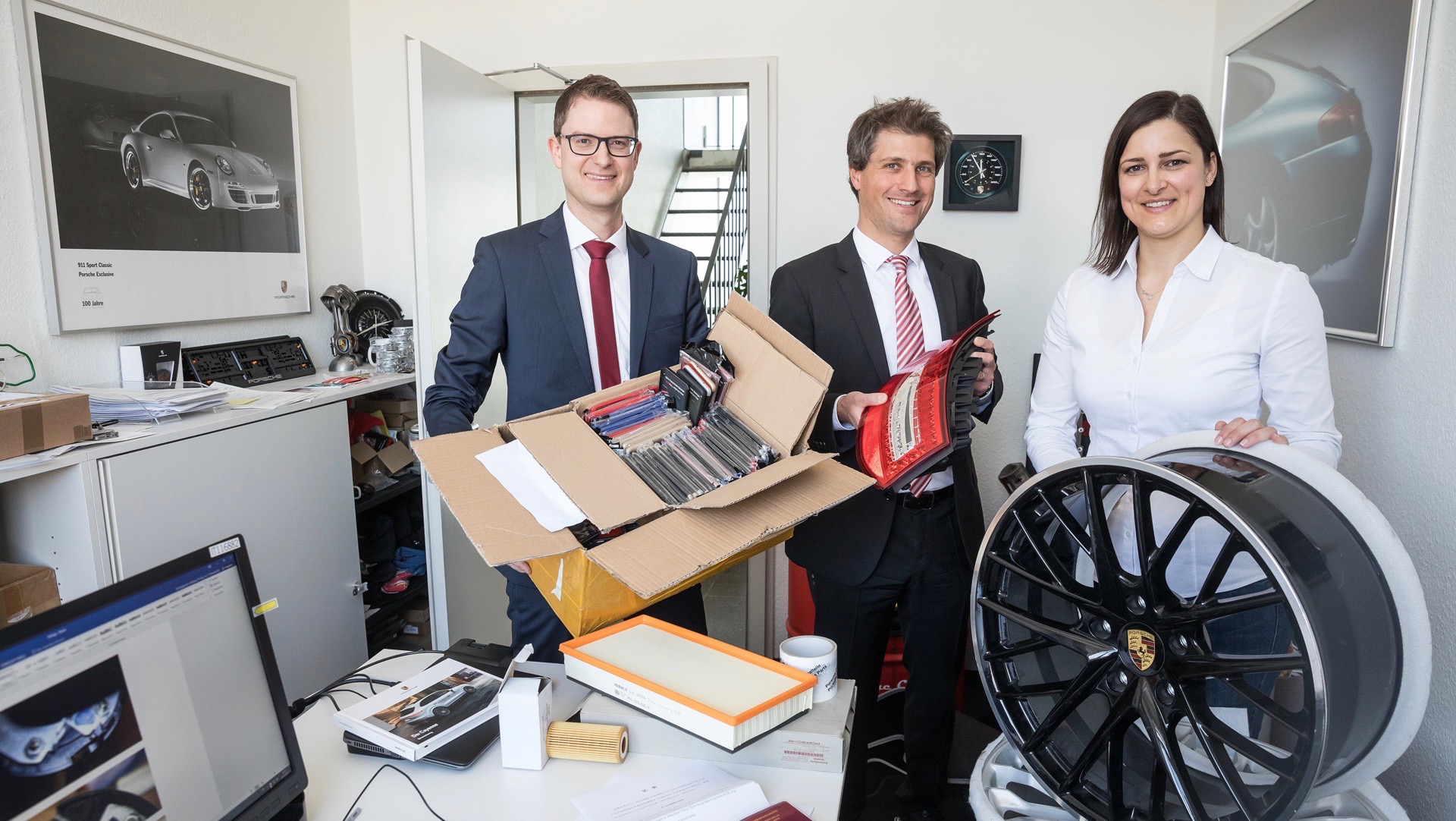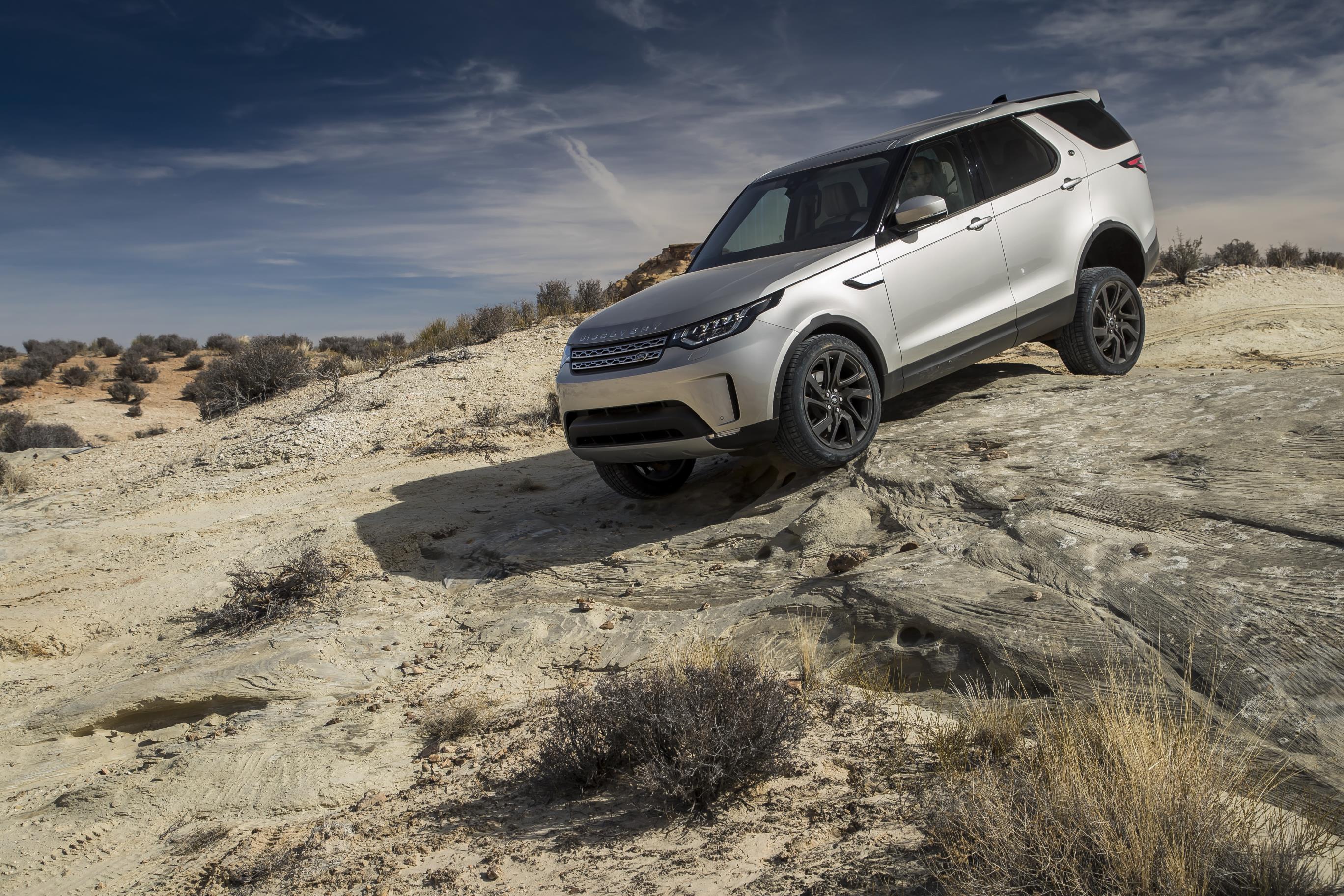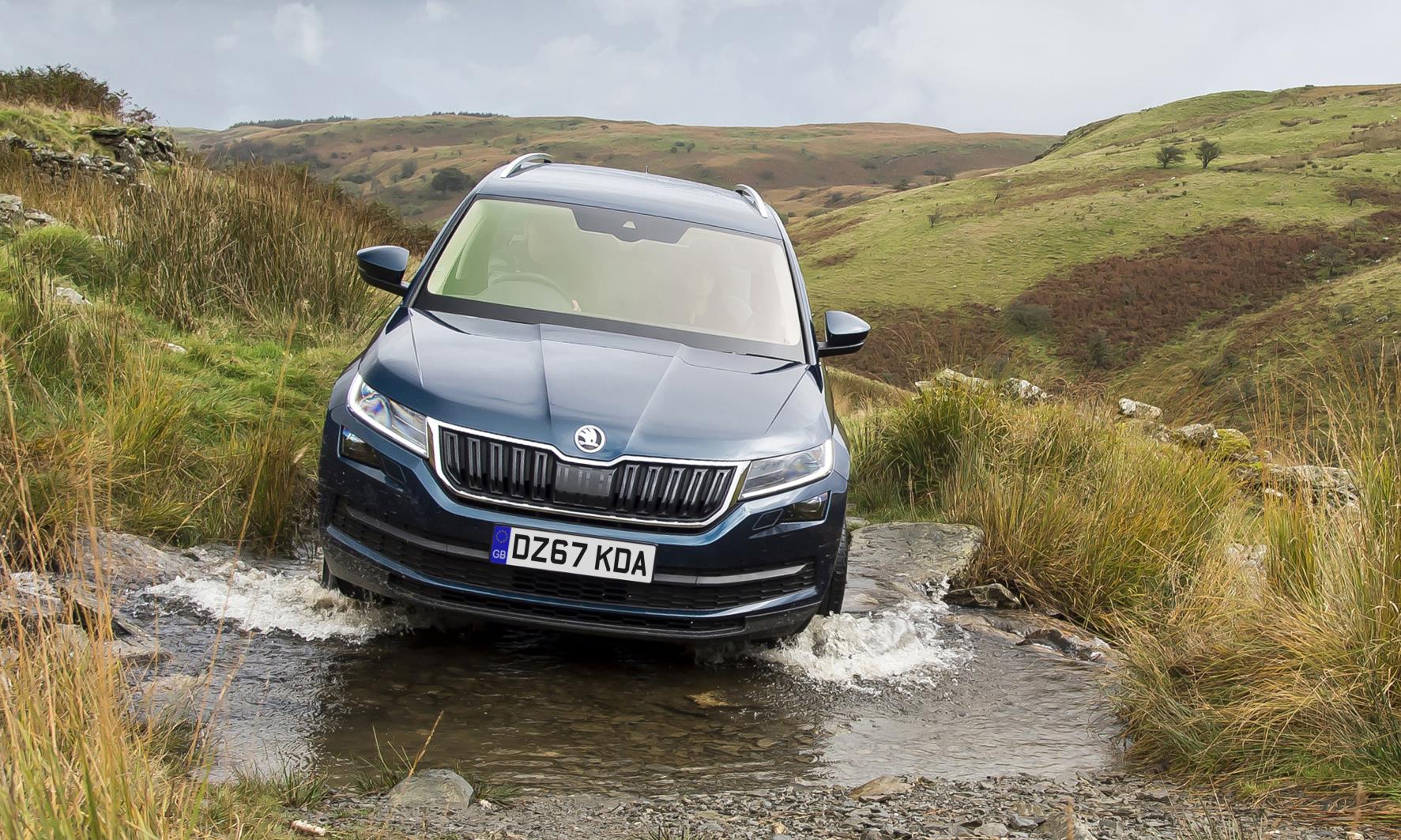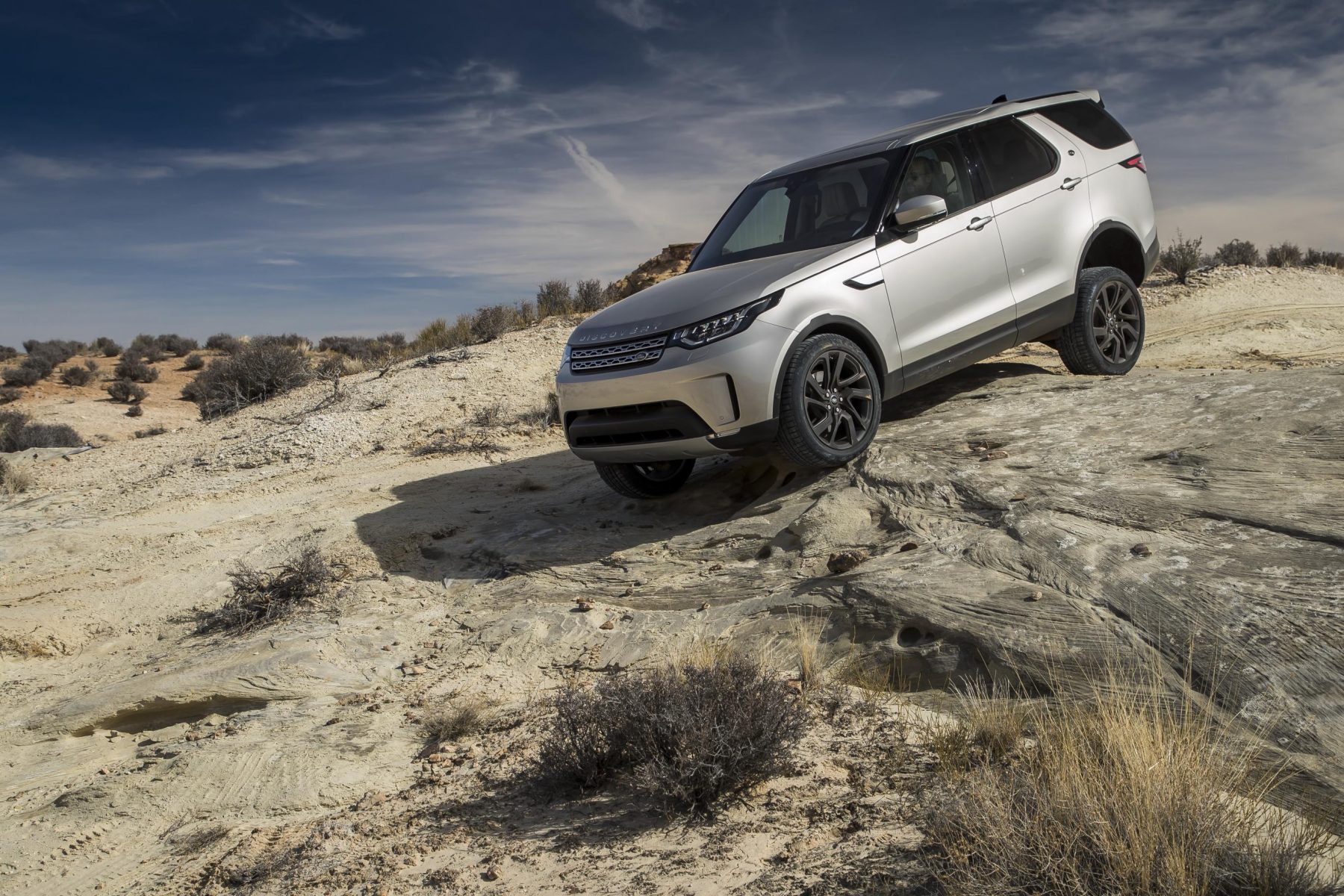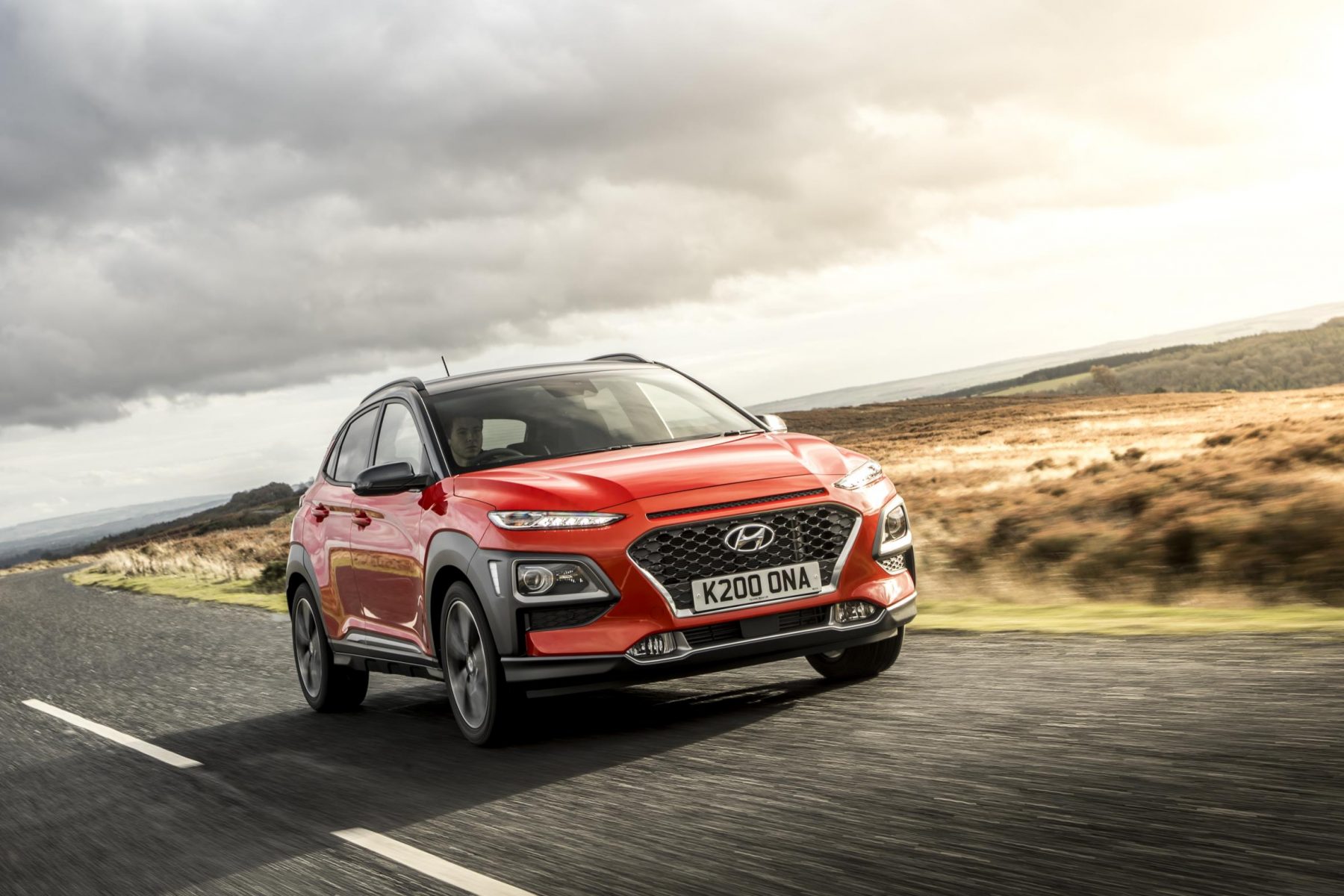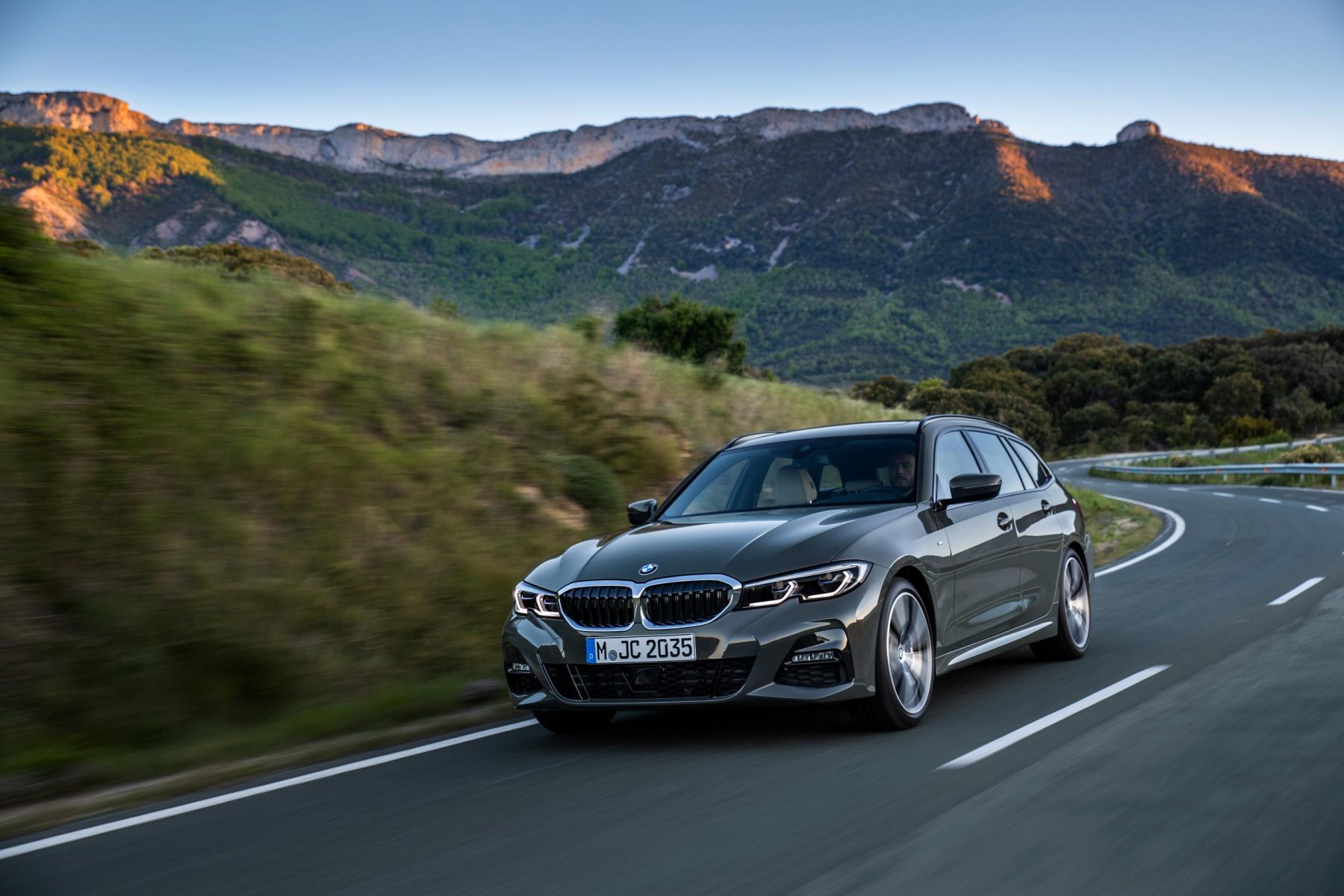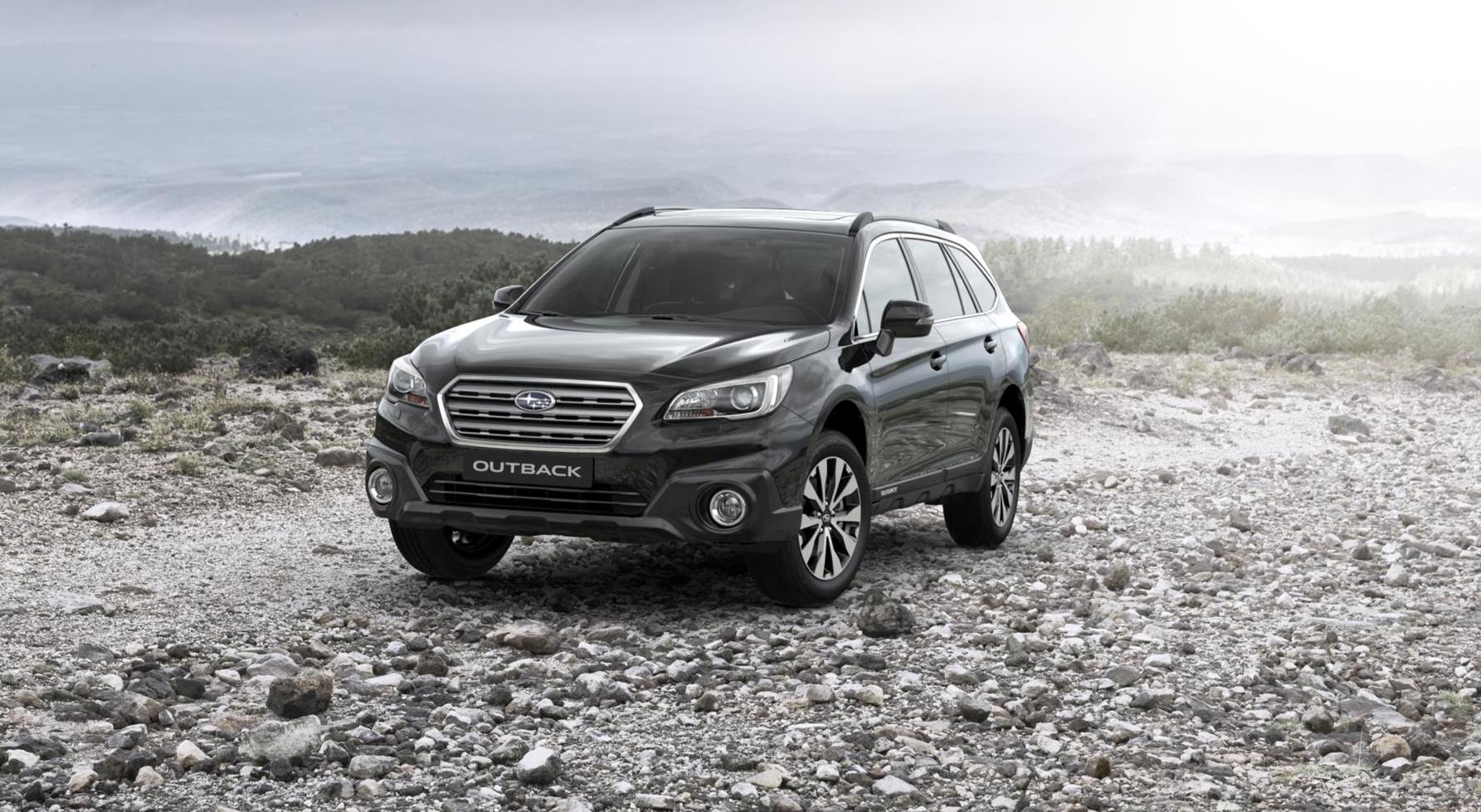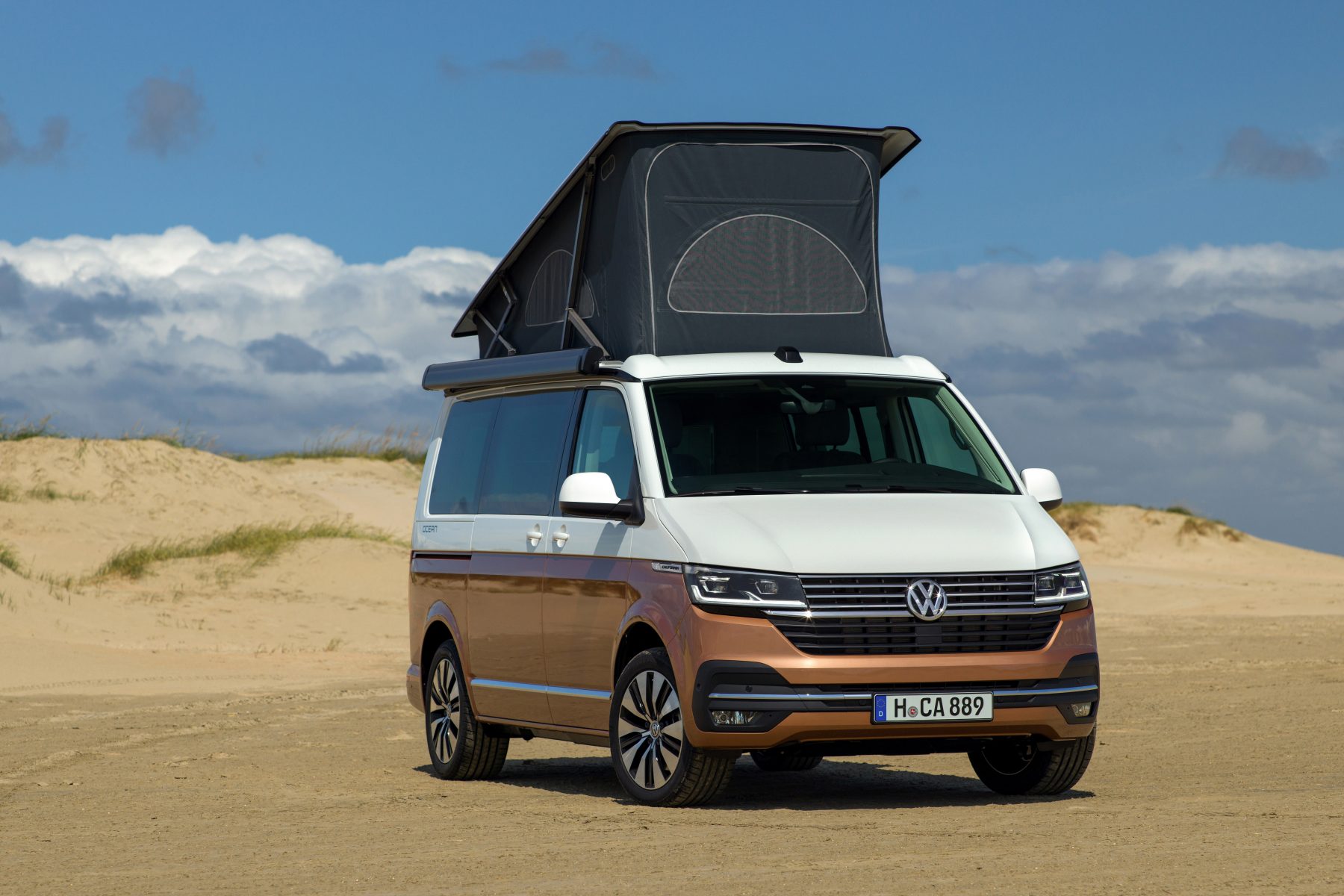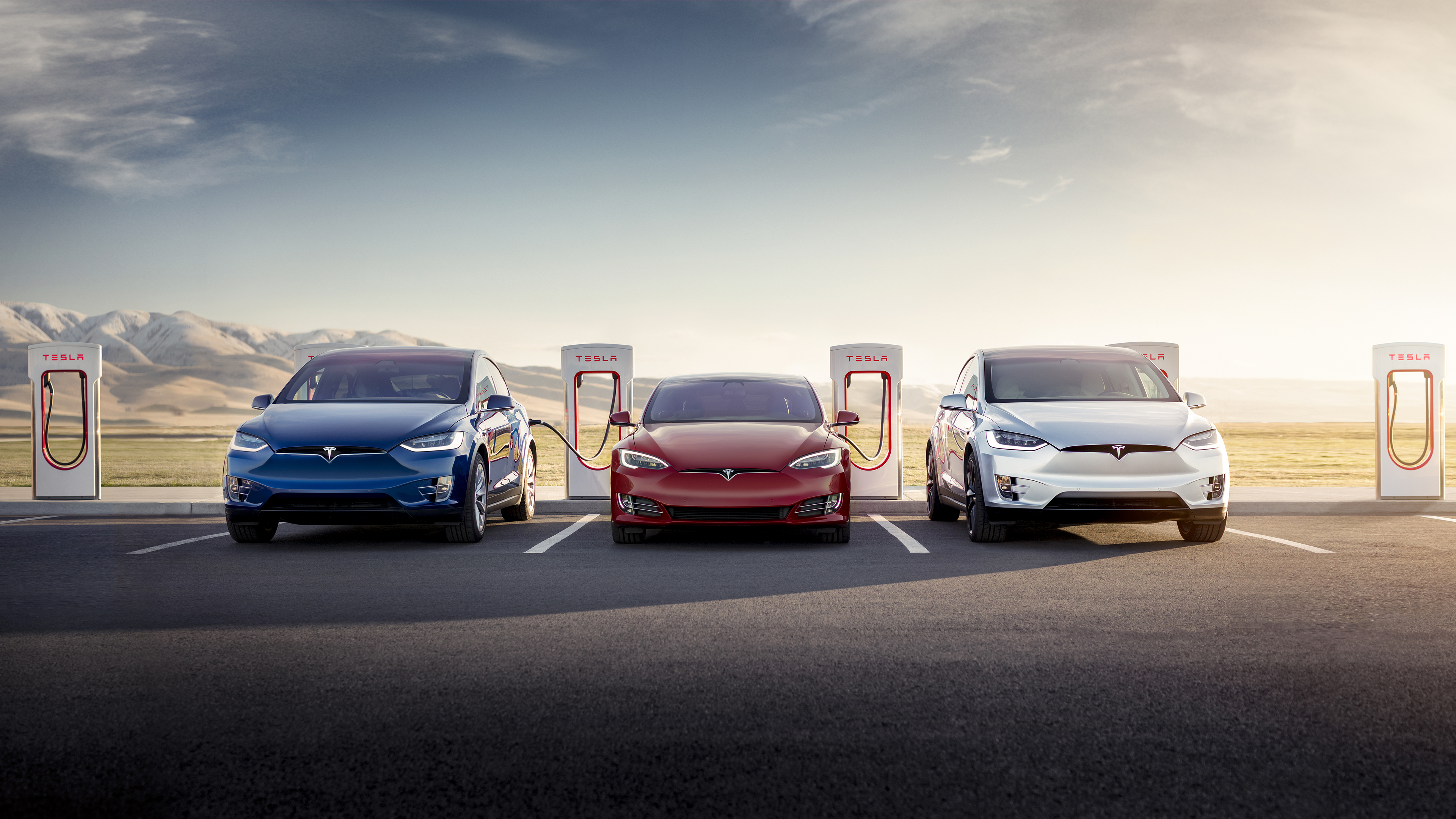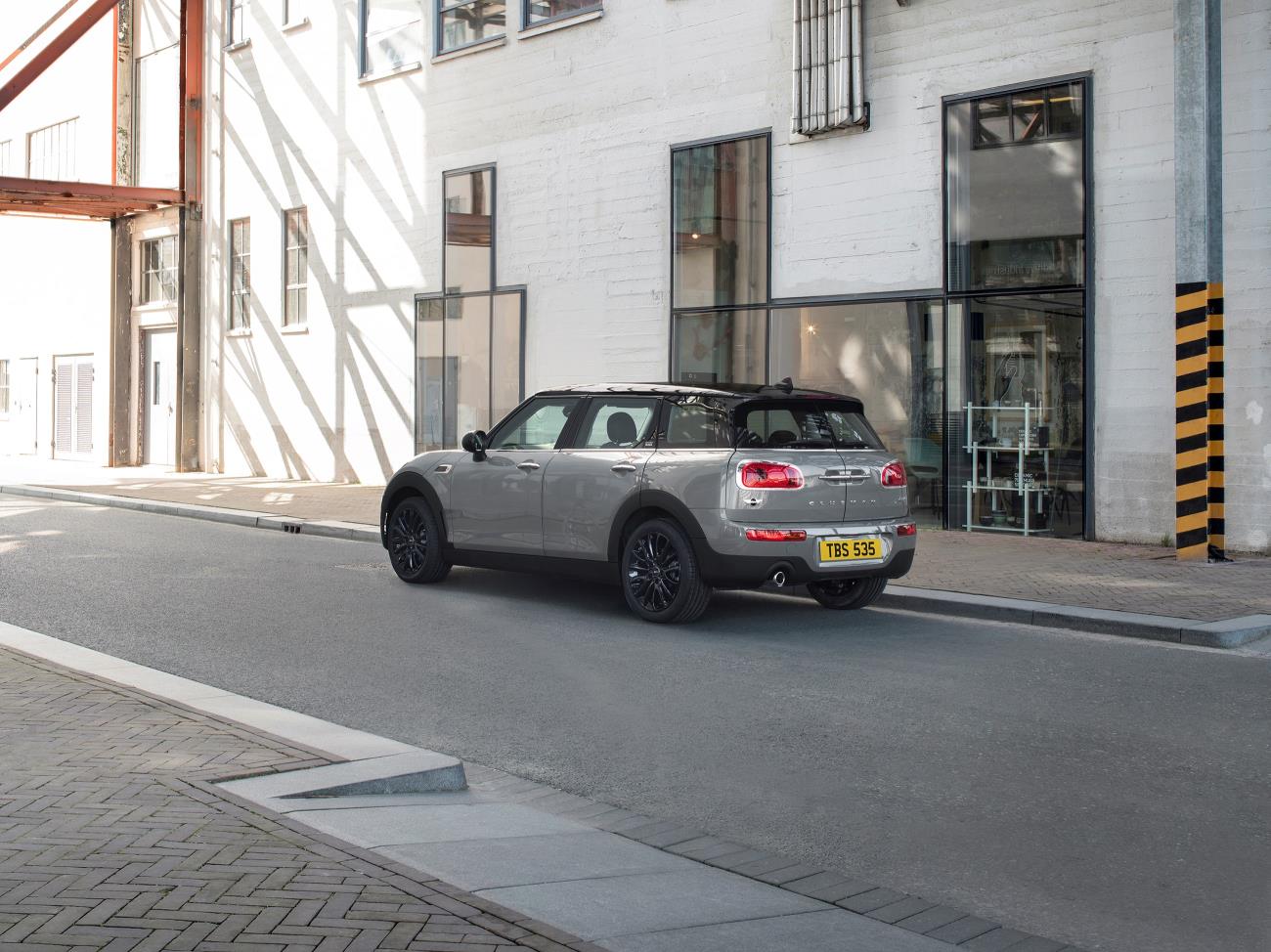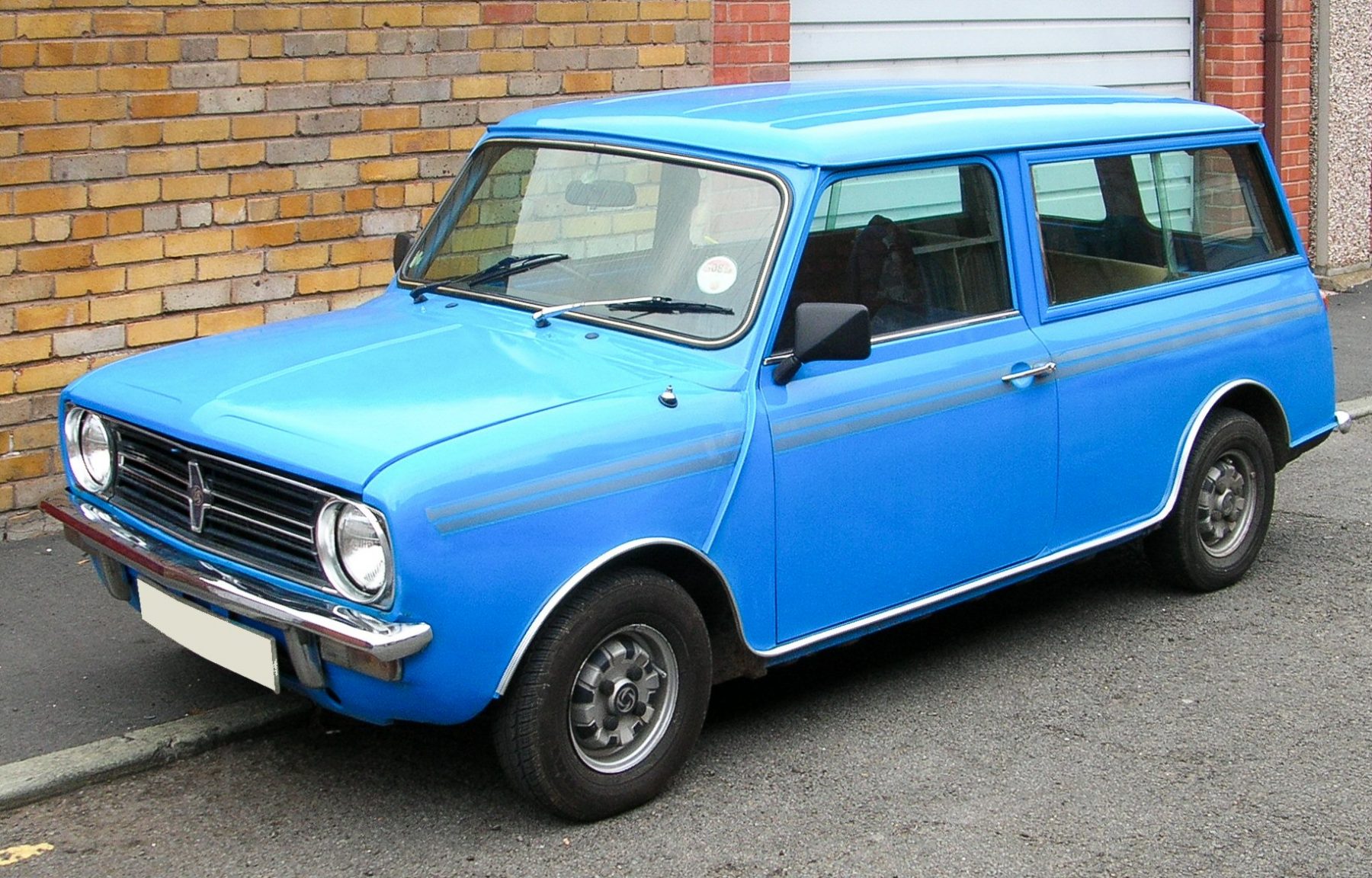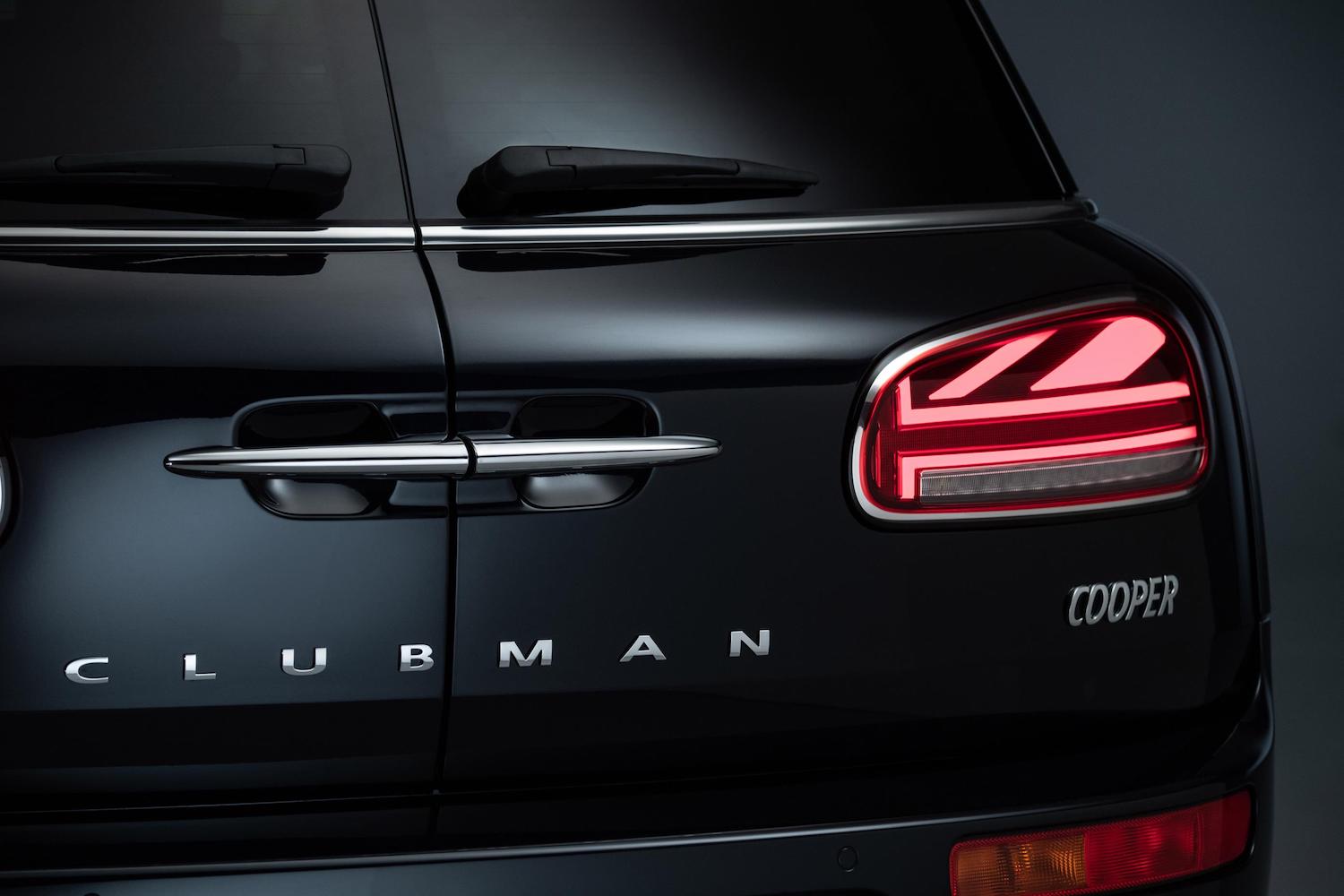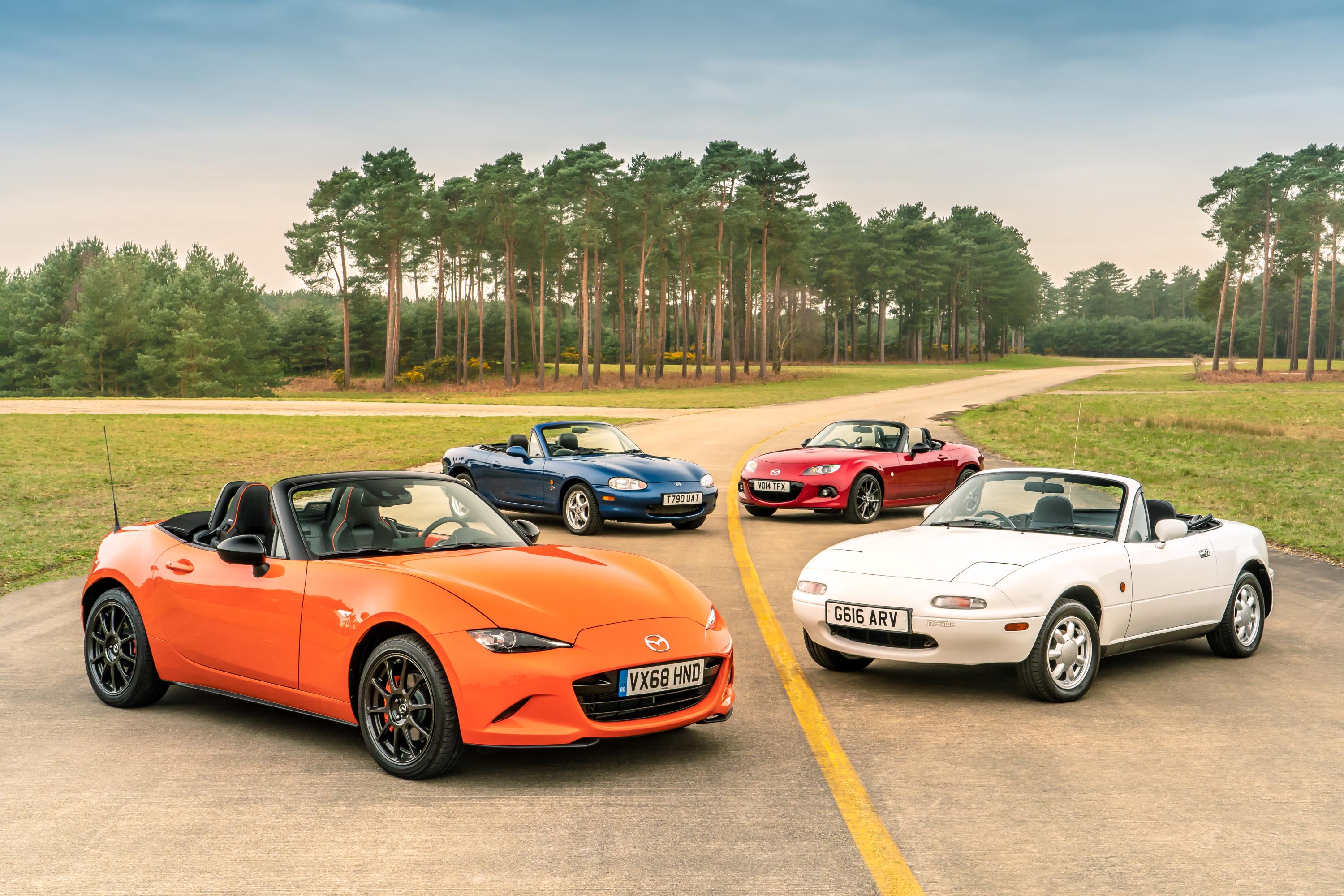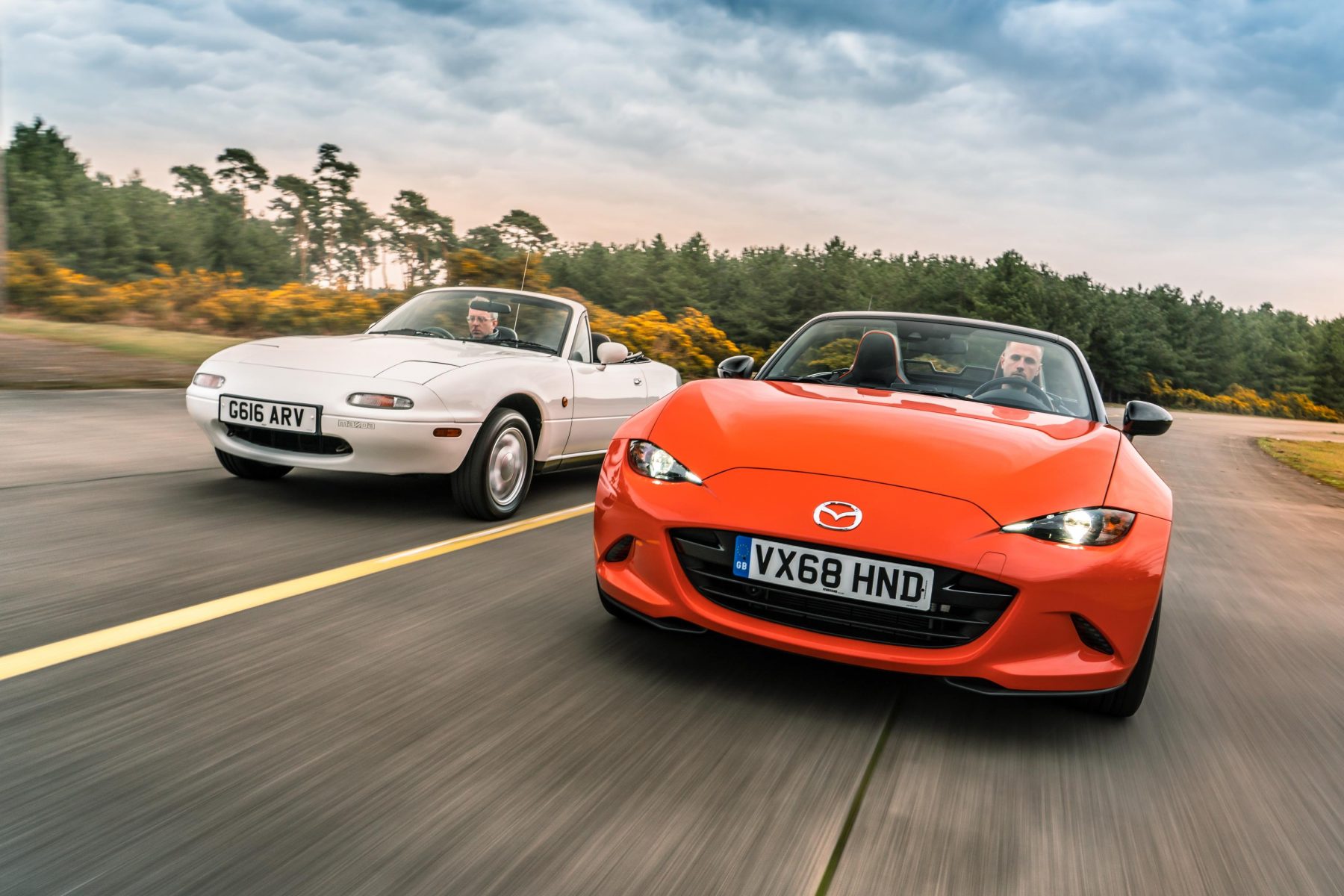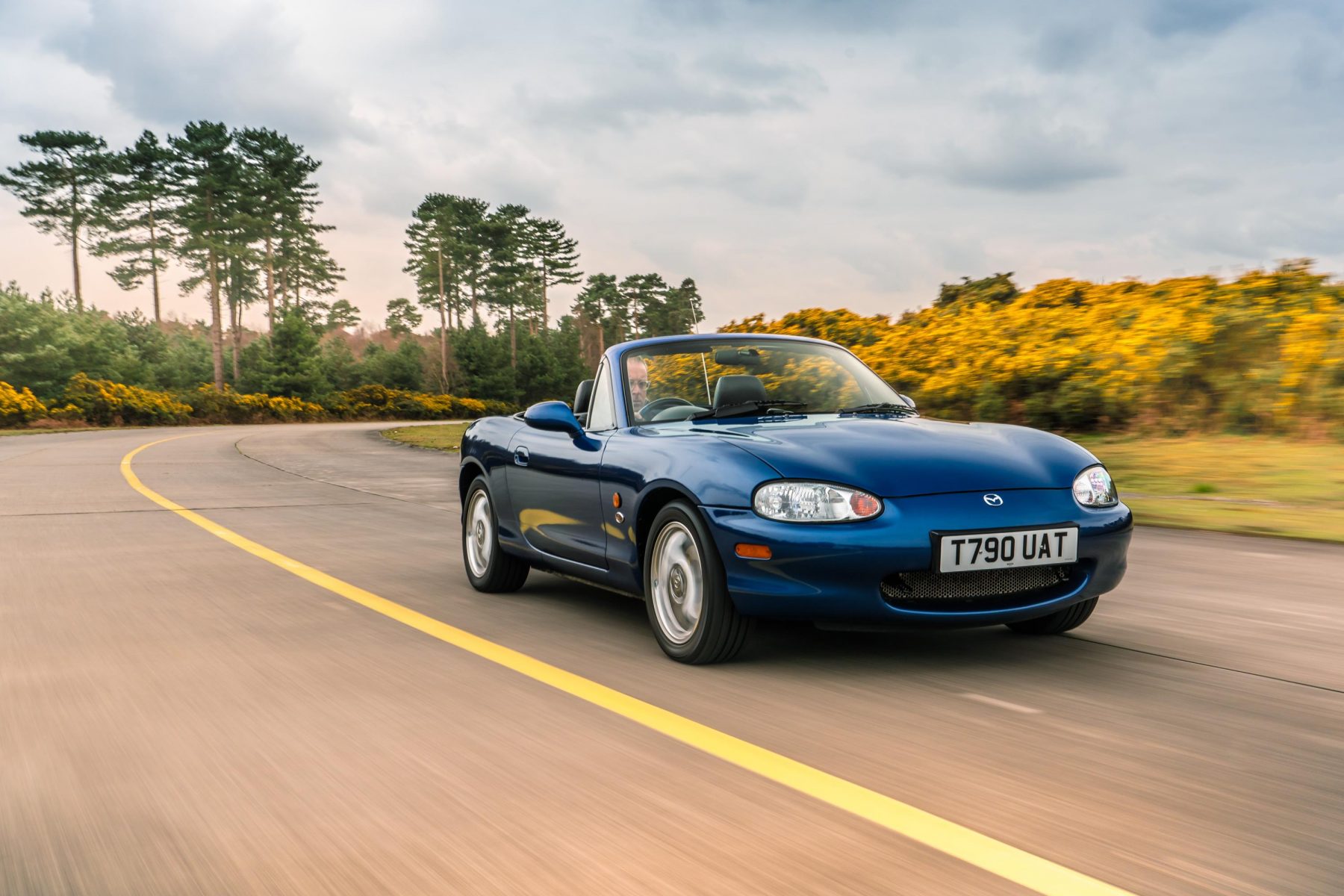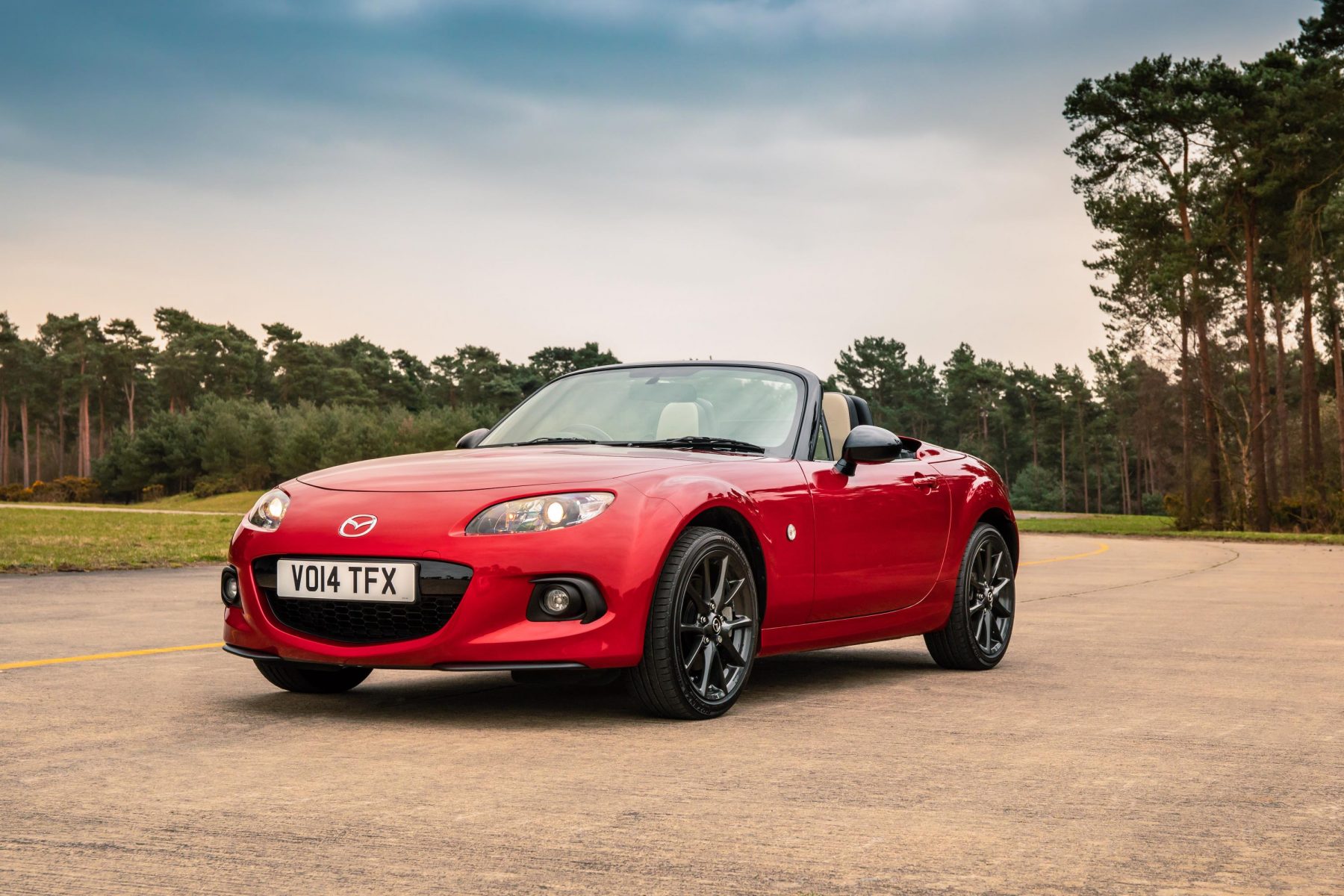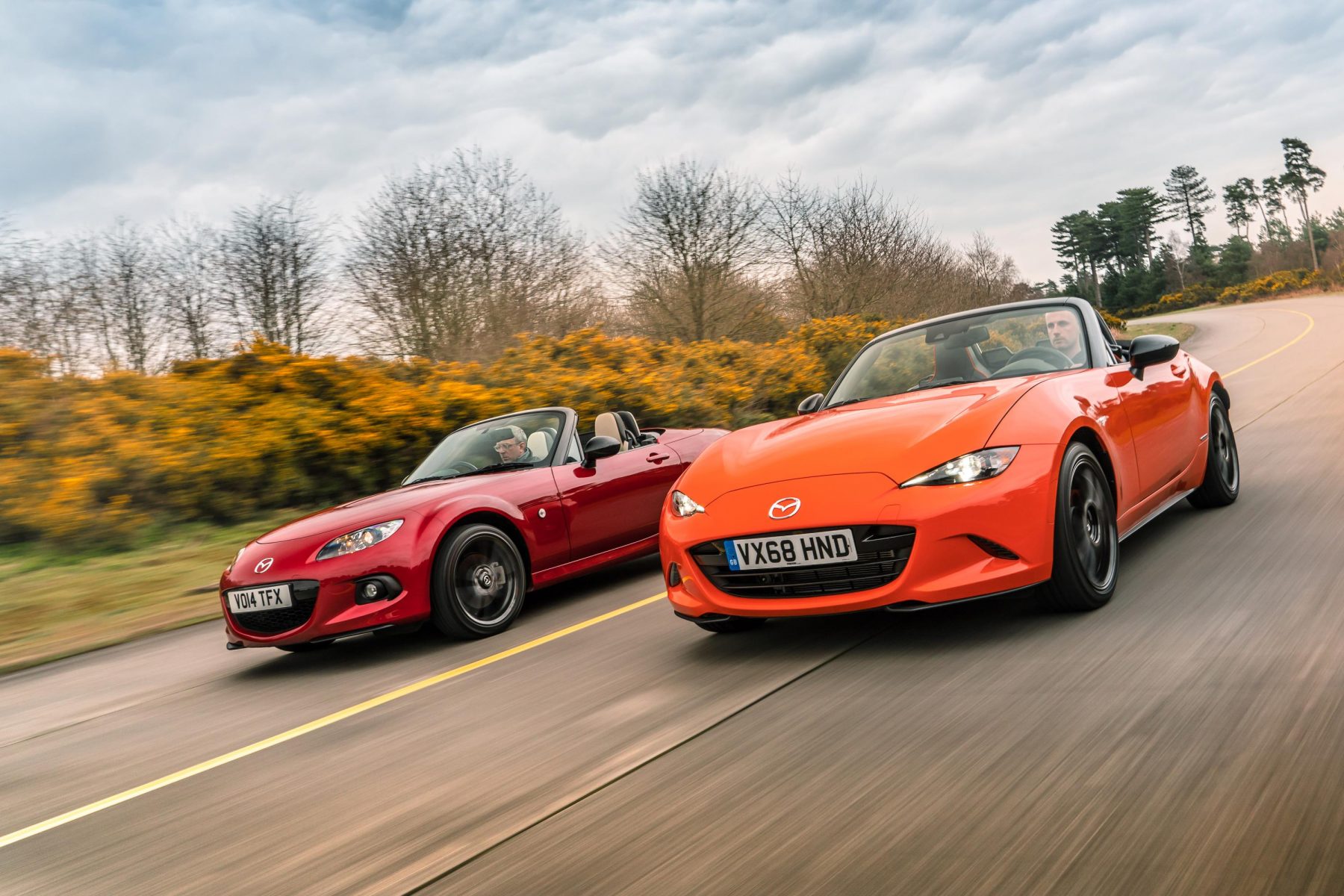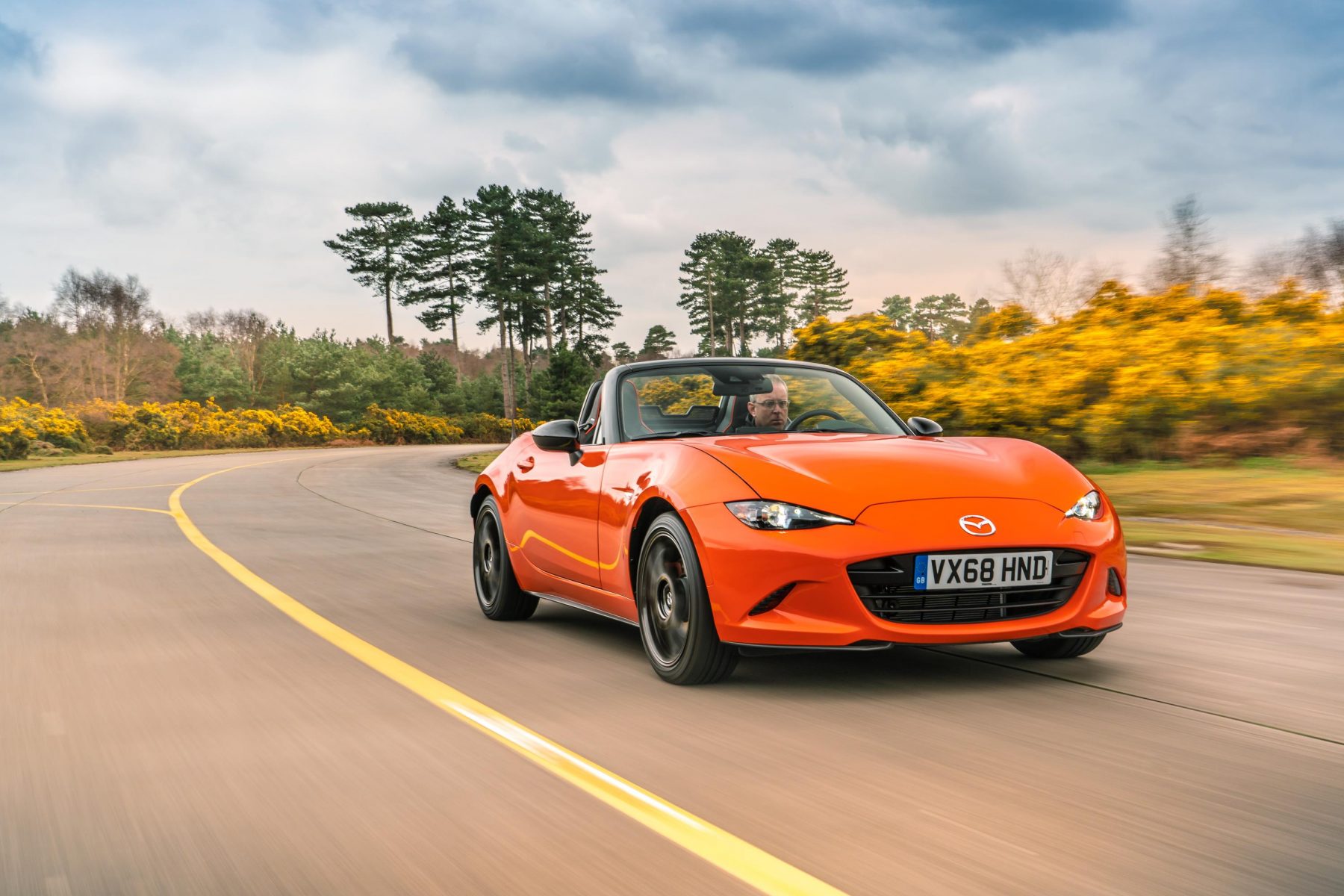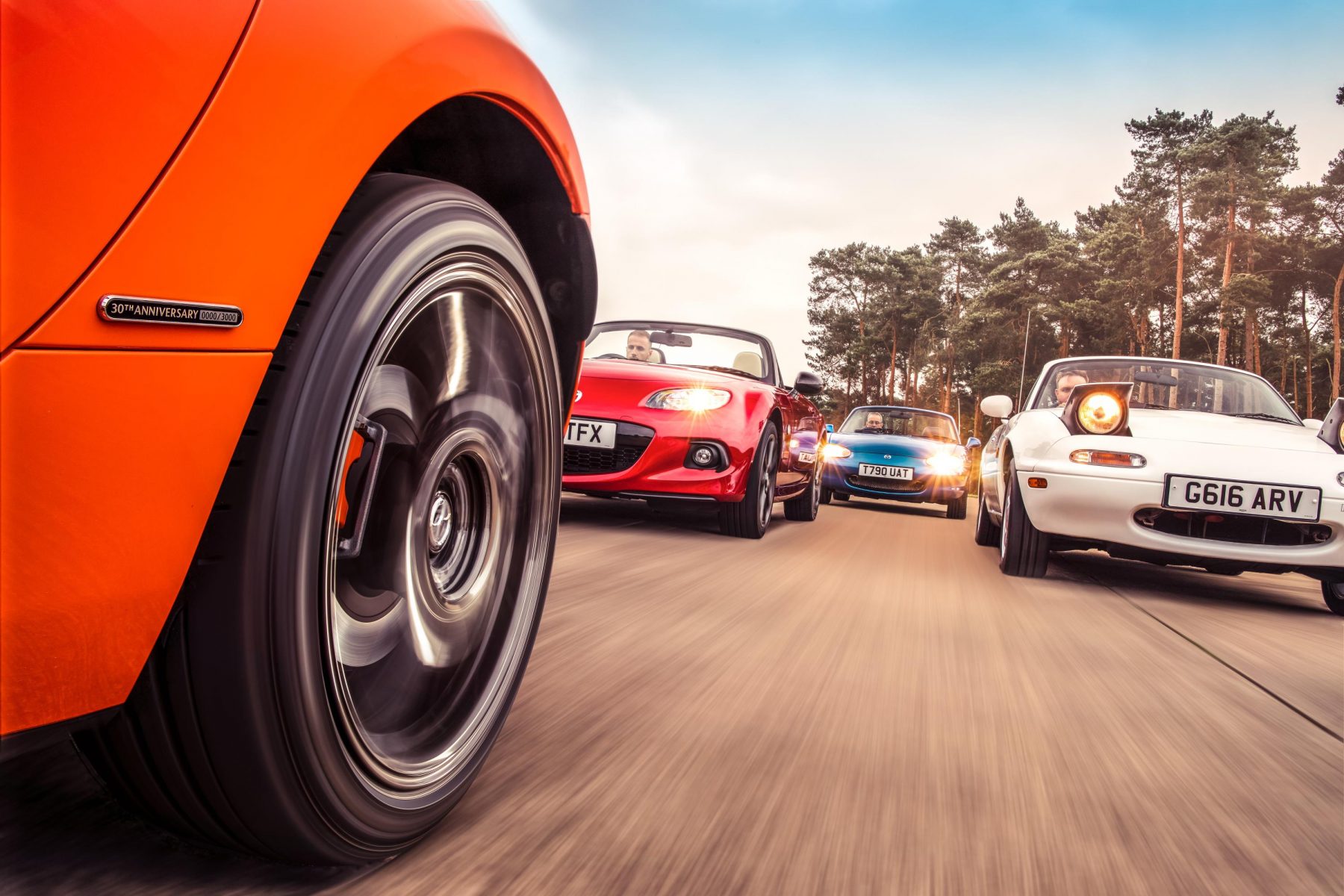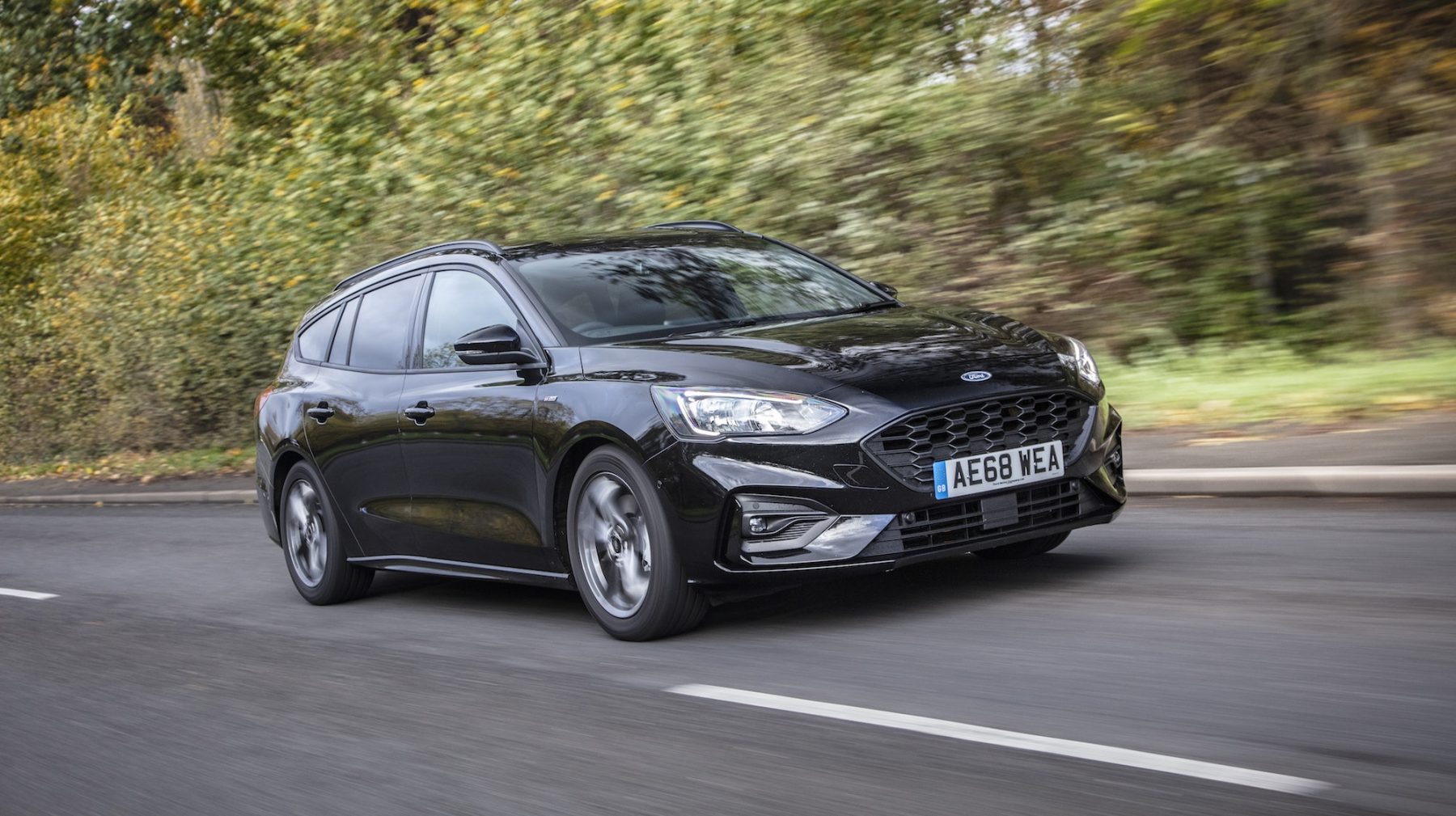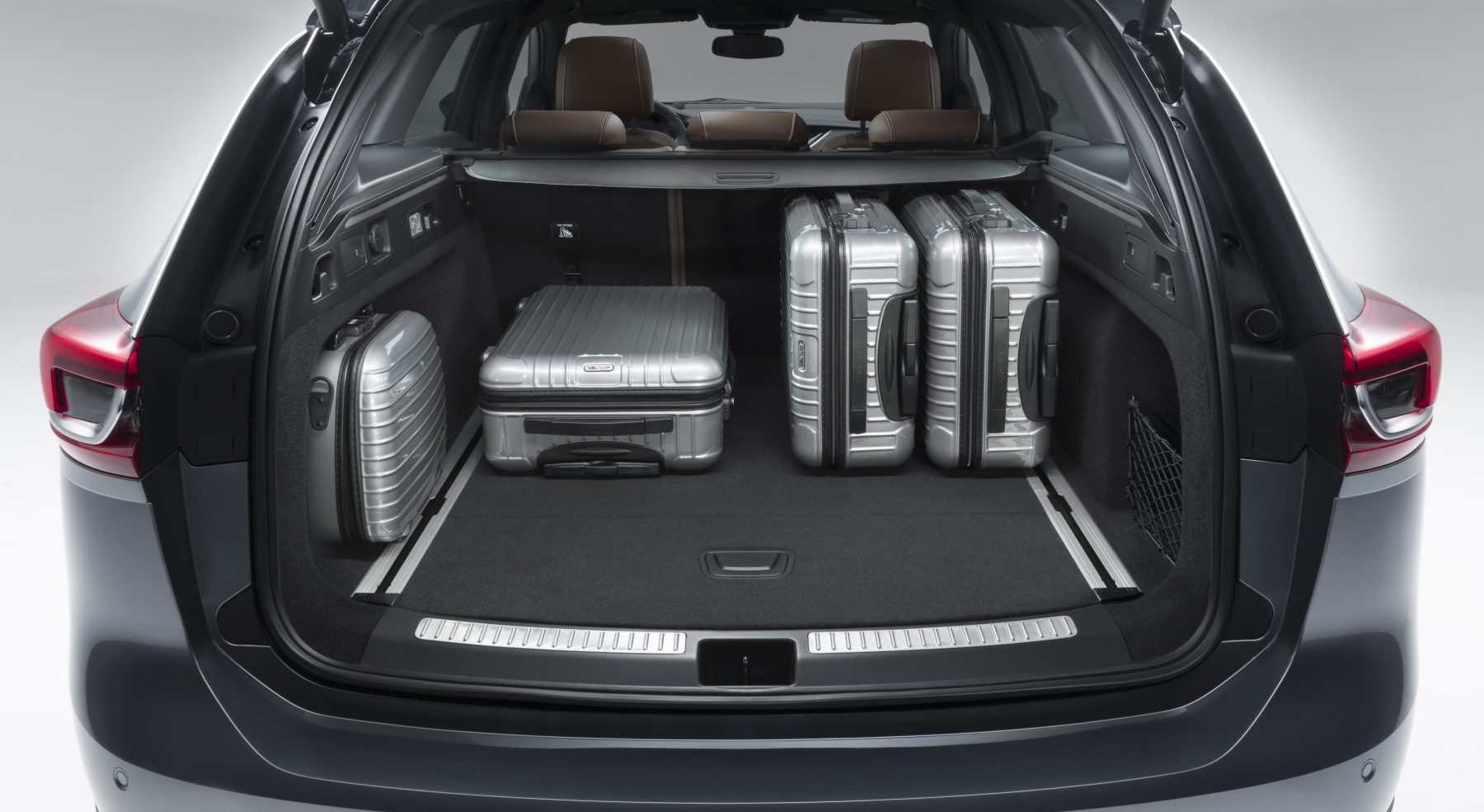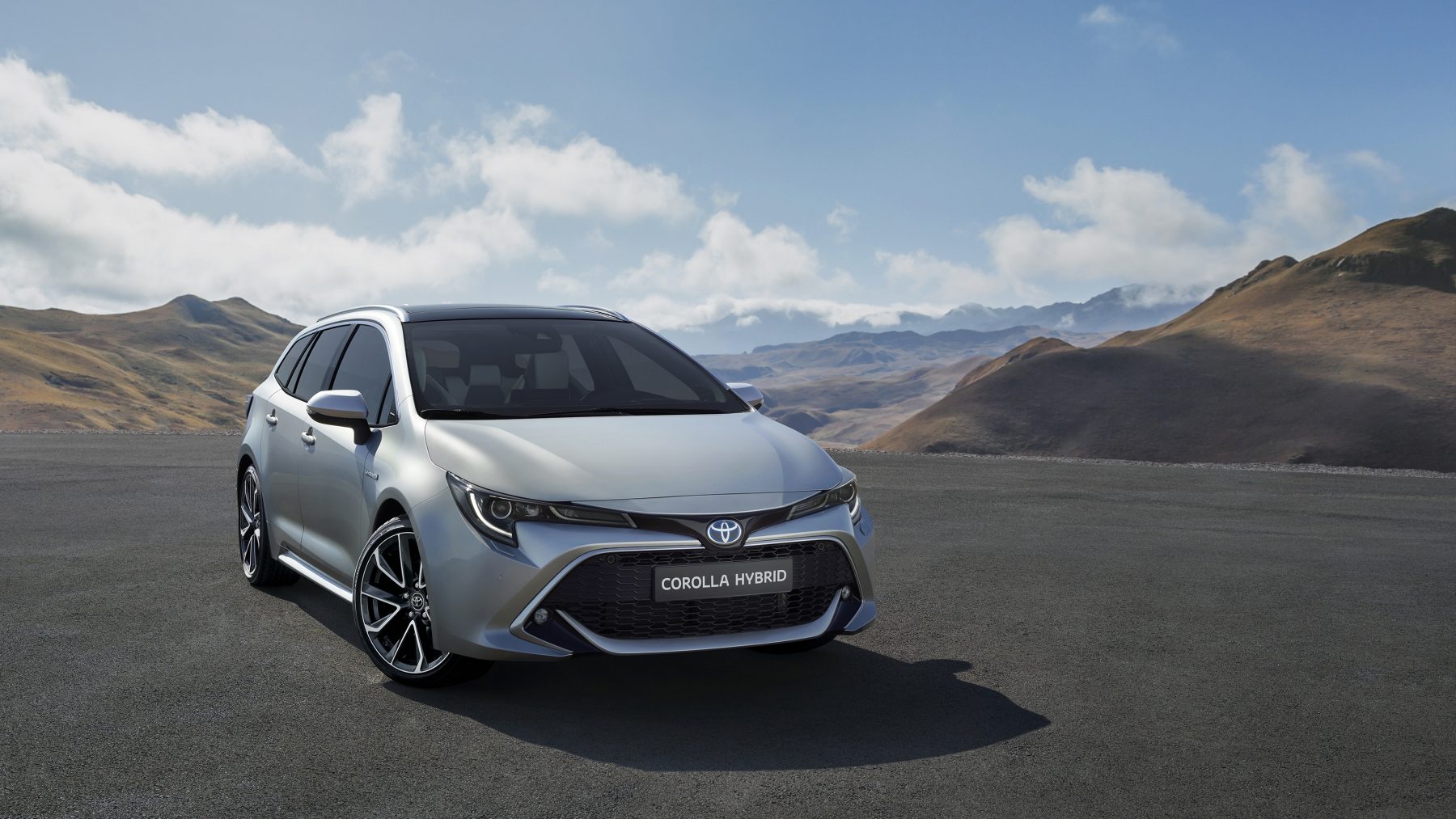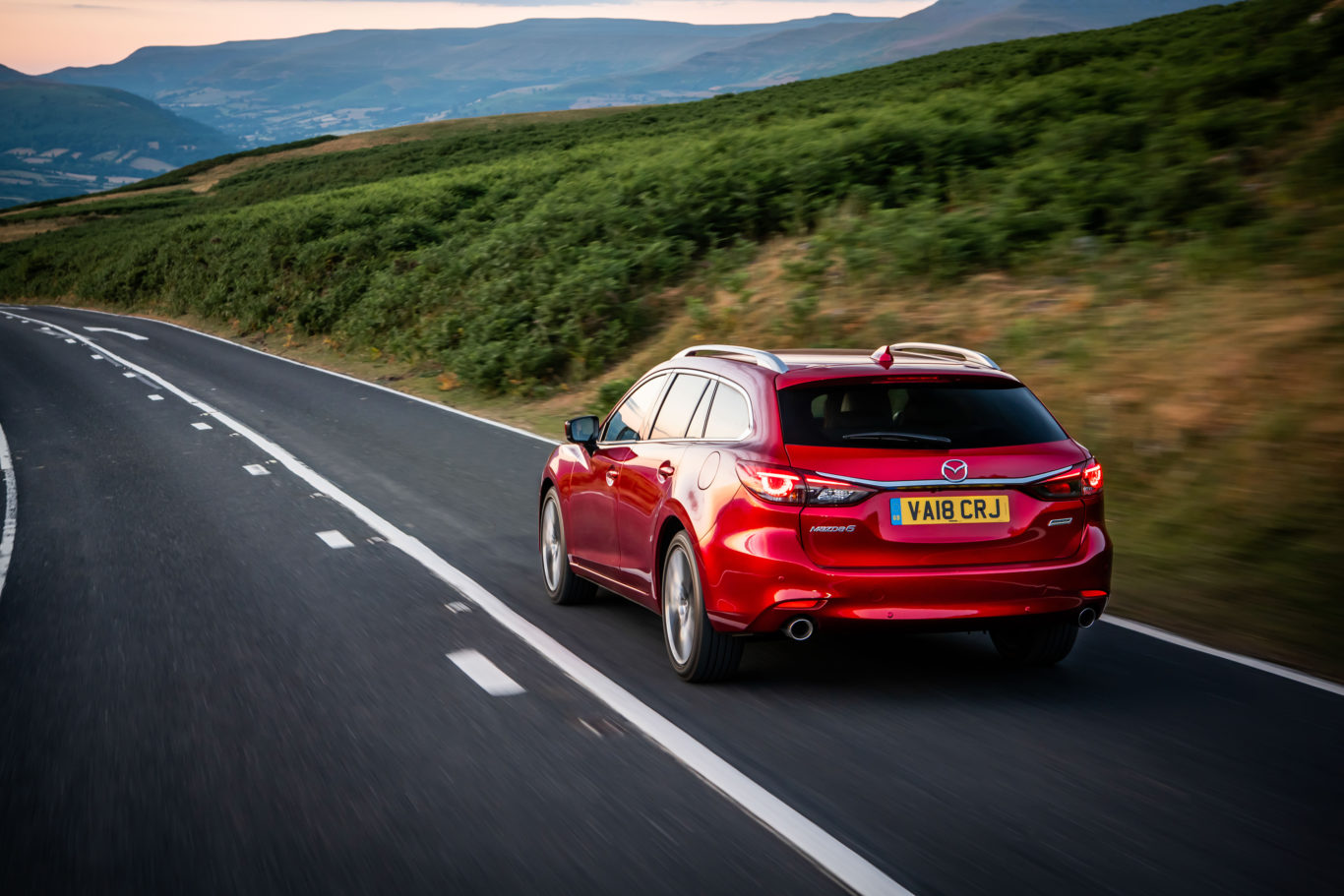The age of the electric car is upon us and it’s getting hard to ignore. With each passing month, it seems that a new EV hits the market, showcasing just how important they are to the future of the motoring industry.
But which ones should you be looking out for? We’ve got a list of the very best electric cars to look forward to before 2022…
Aston Martin Rapide E – 2019
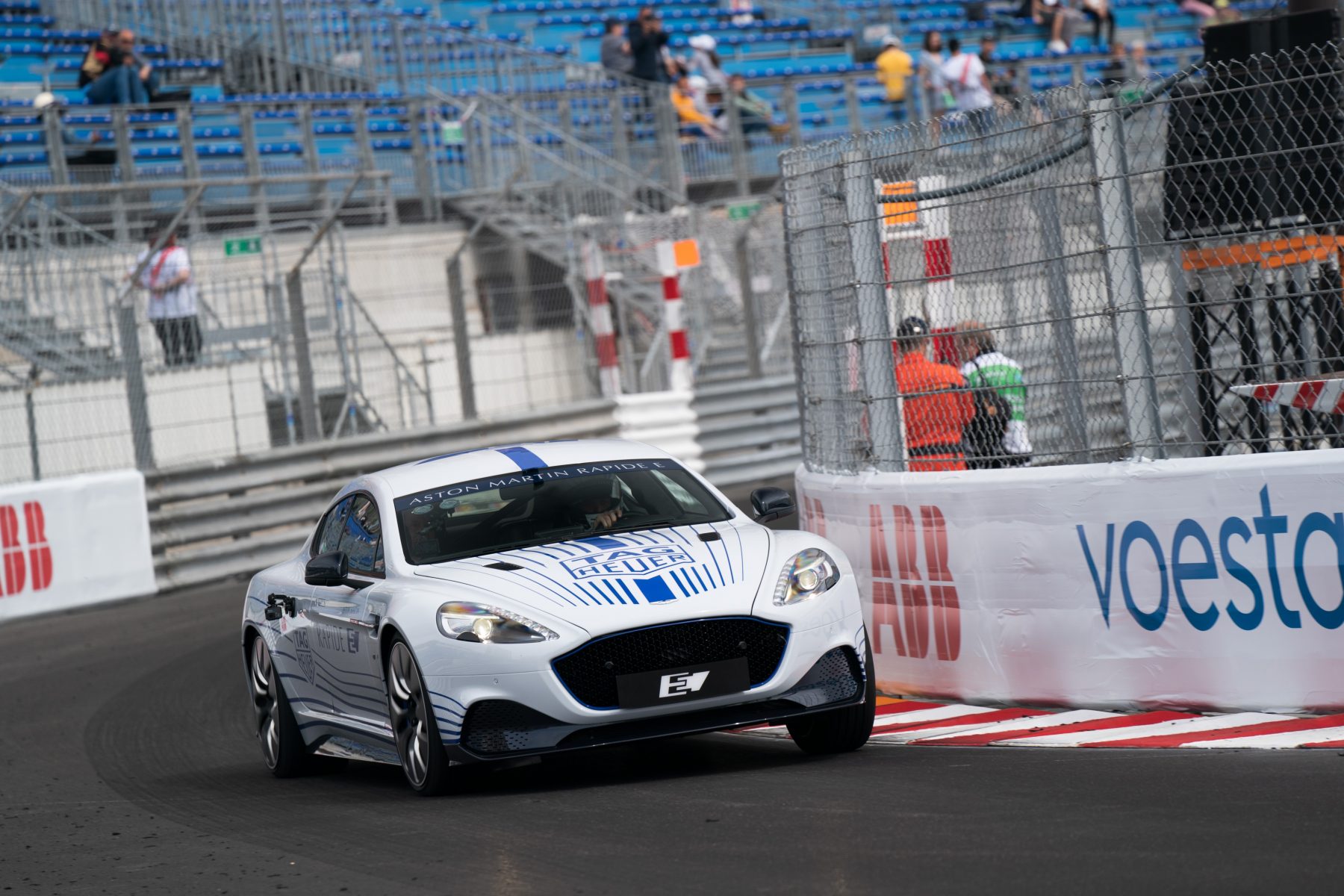
Given the performance that electric vehicles can generate, it’s little wonder why high-end manufacturers are starting to adopt the technology. Aston Martin is one such carmaker — and it’s planning on introducing the Rapide E as a battery-powered option in its line-up.
It’s due to arrive later on this year, and just 155 examples are due to be produced _ so it’ll be a rare thing indeed. Don’t think that this is just some show pony, mind; Aston claims it’ll do 0-60mph in under four seconds and hit 155mph flat-out.
BMW i4 – 2021
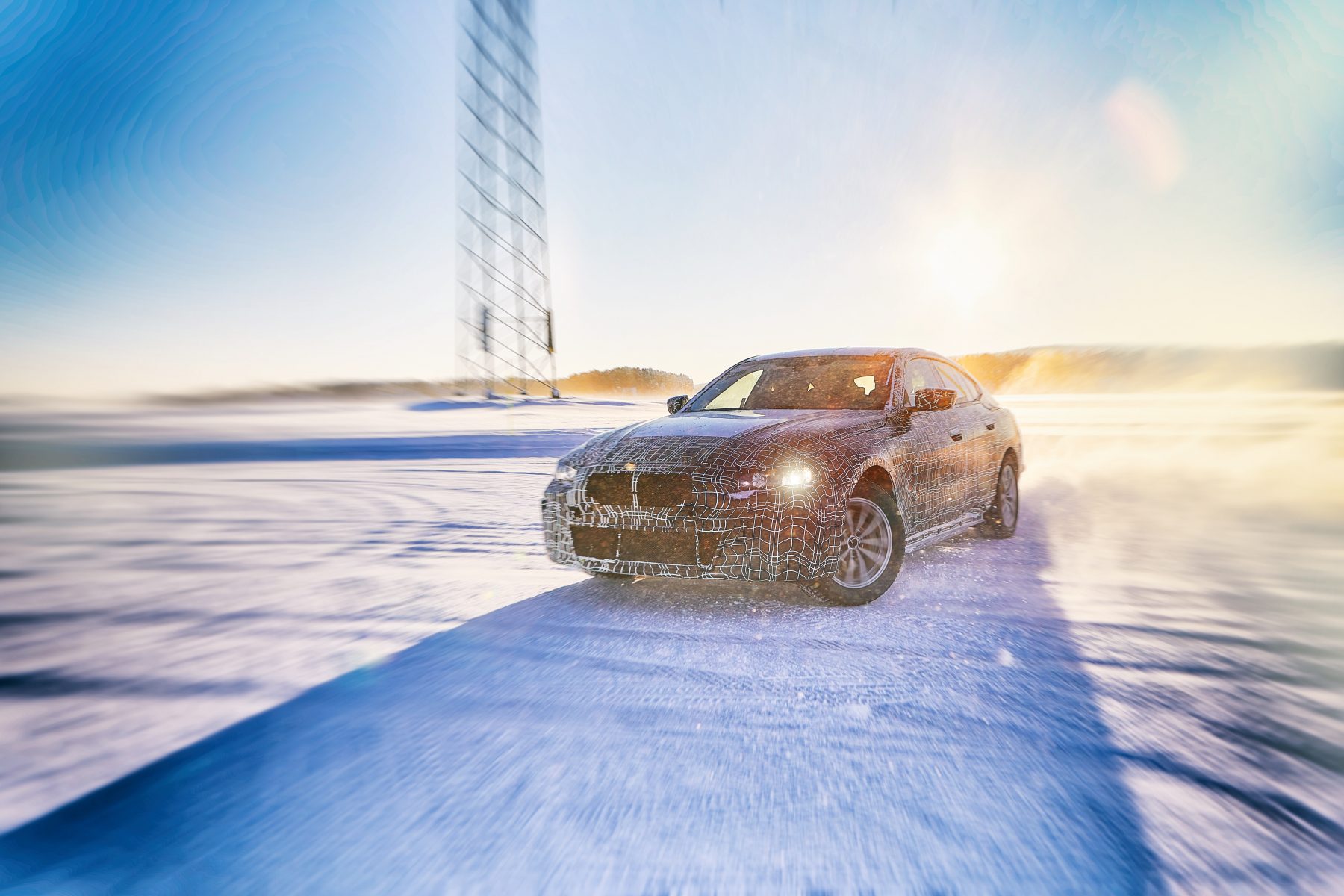
BMW has already proved its worth when it comes to electrically-assisted vehicles with the i3 and i8 hybrid both showcasing what the firm can do when it comes to battery power. But it’s time for things to kick up a notch, which is why BMW is ramping up its range of electric vehicles over the coming years.
One of the cars it’s starting with is the i4. Though details around the four-door remain relatively scarce, we do know that it’ll be pitched between the Tesla Model S and Model 3 cars – so expect plenty of performance when it arrives in 2021.
BMW iNext – 2021
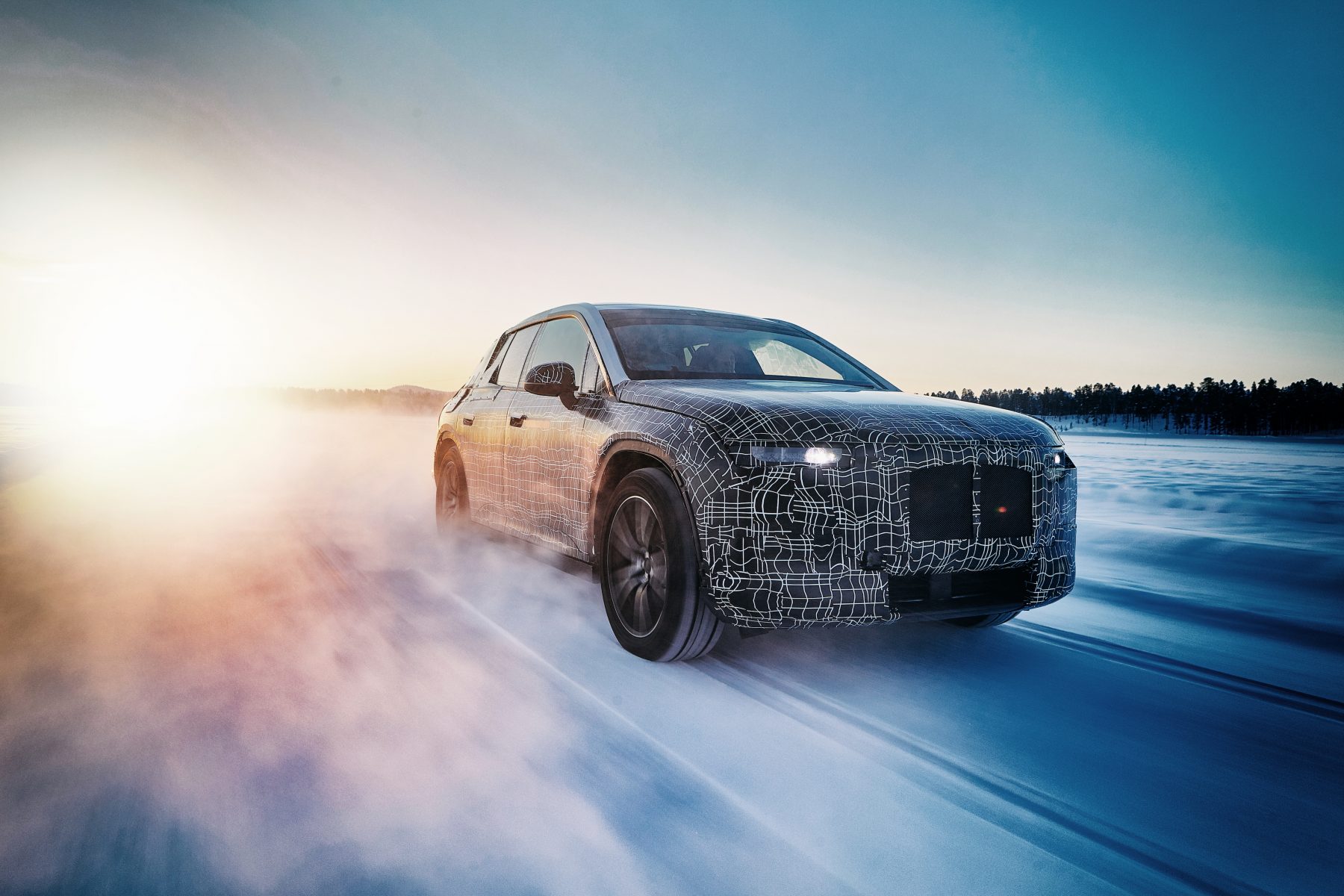
Coming alongside the i4 in 2021 will be this — the iNext. It’s BMW’s approach to an all-electric SUV, and sits on an all-new platform too which can provide a basis for pure EVs, hybrids and plug-in hybrids collectively.
It’s claimed that the iNext will be able to travel at least 450 miles between charges and it’s also said that it’ll pack the latest semi-autonomous technology, too.
BMW ix3 – 2019
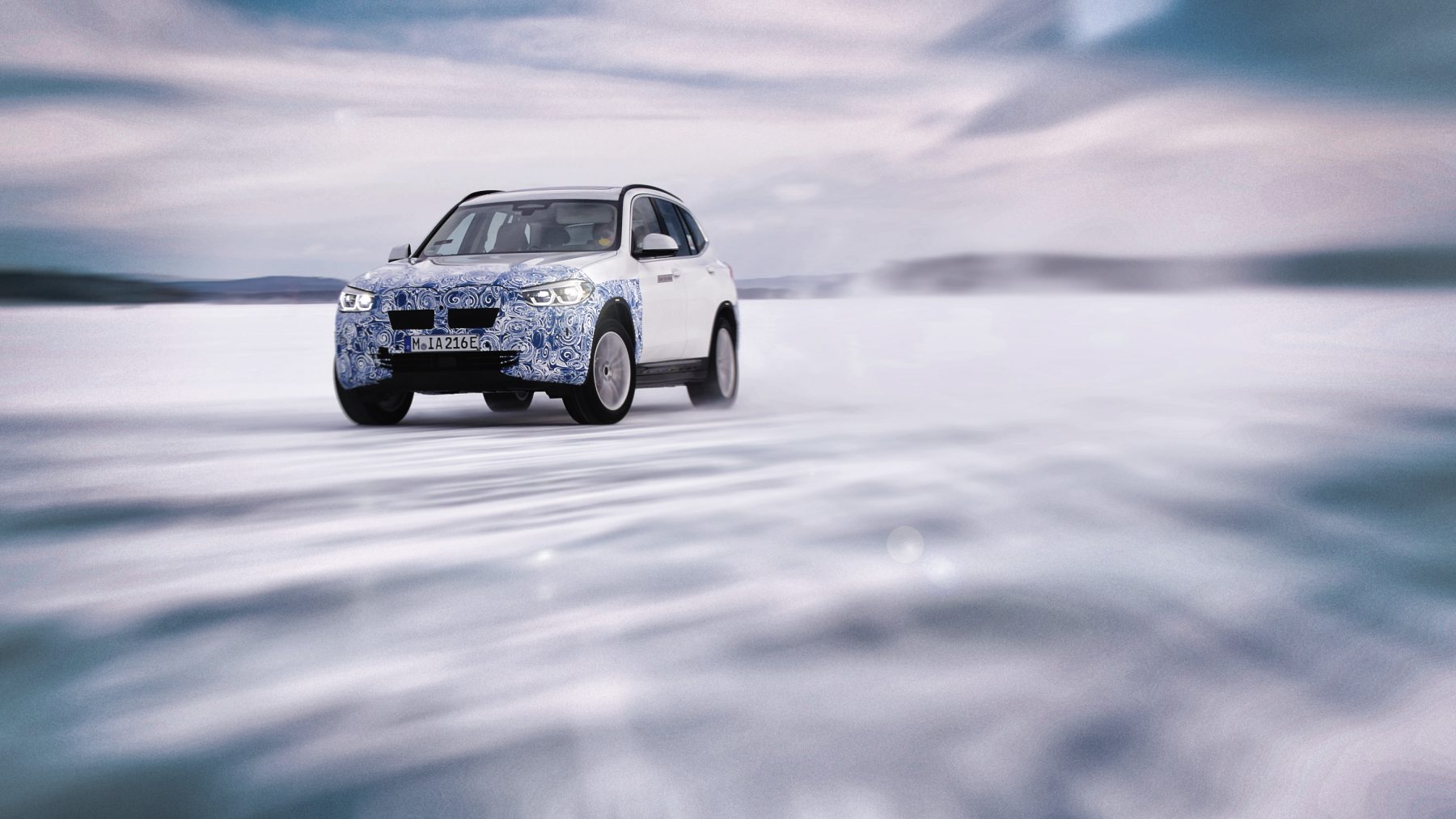
BMW’s ix3 is slated for late 2019 release, and is essentially the same as the current-generation X3 (in terms of design, that is). Underneath the skin is where things get more interesting, with this SUV utilising BMW’s latest electric motor technology.
It’s claimed that the powertrain outputs 266bhp, which should be more than enough to get the ix3 up to speed quickly enough. We’ll have to wait until closer to its release to find out more details.
Ford Mach 1 – 2020
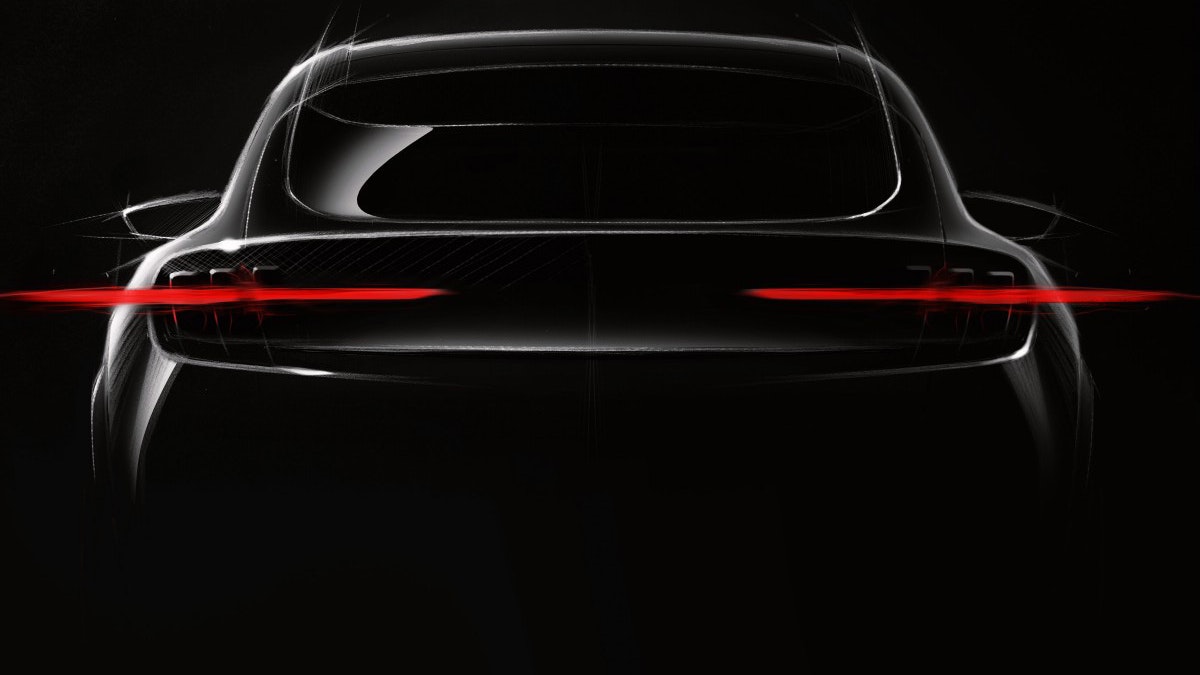
If there was one car you wouldn’t expect to be electrified, it’d be the all-combustion Ford Mustang muscle car. However, that’s just what Ford has done with its upcoming Mach 1. Dubbed a ‘performance utility vehicle’ by the Blue Oval, the Mach 1 is set to be capable of driving up to 370 miles on a single charge.
Further details surrounding the car are scarce, but first UK deliveries are expected to commence next year — so we’ll likely know more in the coming months.
Honda e – 2020

There are few cars which have generated quite as much hype as the Honda e. Compact and shamelessly retro-styled, the Honda has gone down famously well with motoring press and the general public alike.
Set to arrive on UK shores next year, the Honda e has a claimed range of 125 miles and is expected to cost between £25,000 and £30,000.
Jaguar XJ – 2021
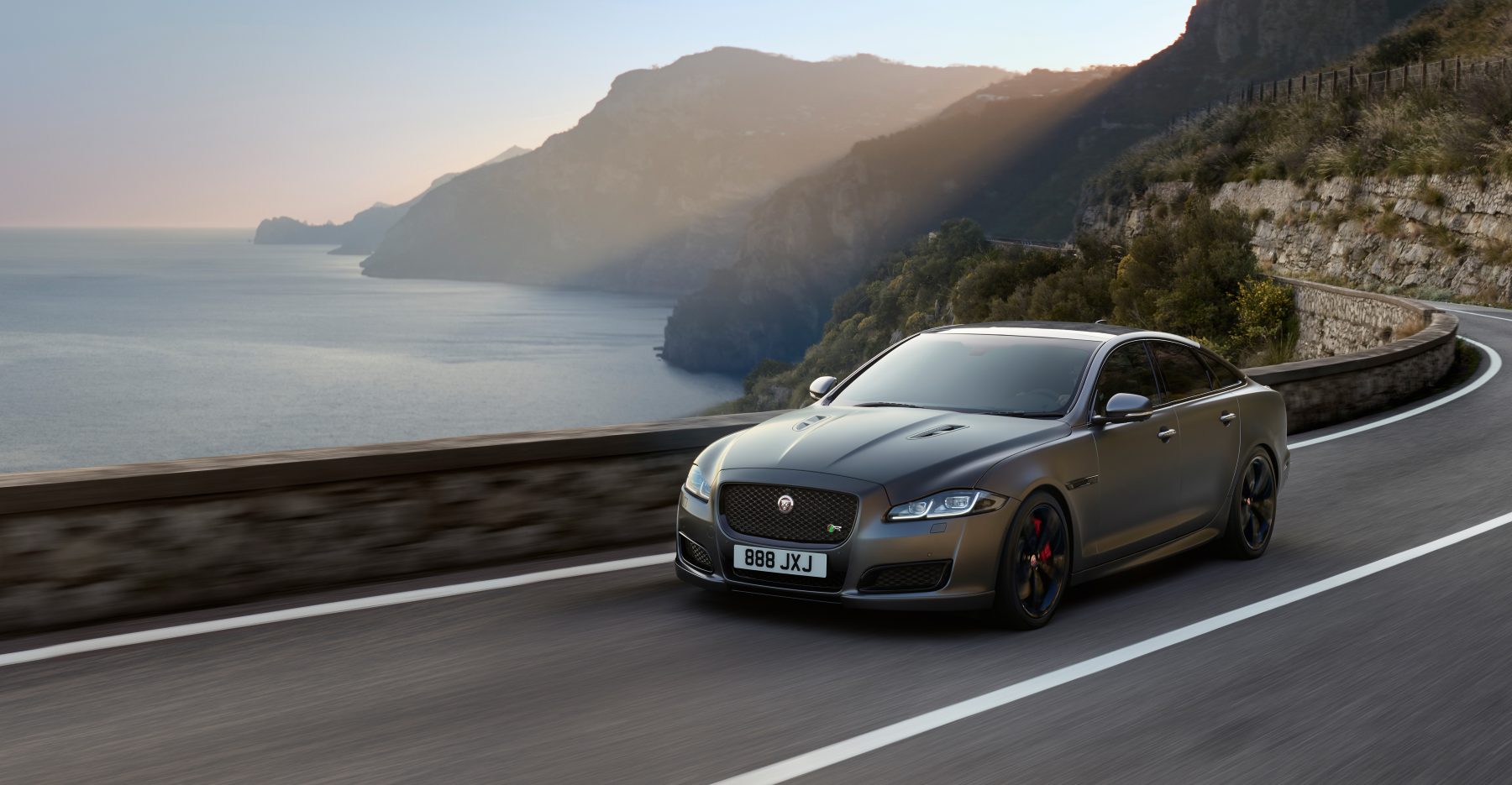
Much like the Ford Mustang, the Jaguar XJ isn’t a car which you’d expect to find being powered by batteries. However, that’s soon to be the case — with an all-electric XJ expected to arrive in 2021. It’s expected to use similar tech to the larger I-Pace SUV, albeit encapsulated in a more svelte, saloon car body.
It’s due to be built at Jag’s Castle Bromwich site, which is being completely redeveloped in order to cater for electric car manufacturing There are no pictures as yet, but we’ll expect to see some hallmark XJ design cues maintained in the new EV version.
Kia Soul EV – 2020
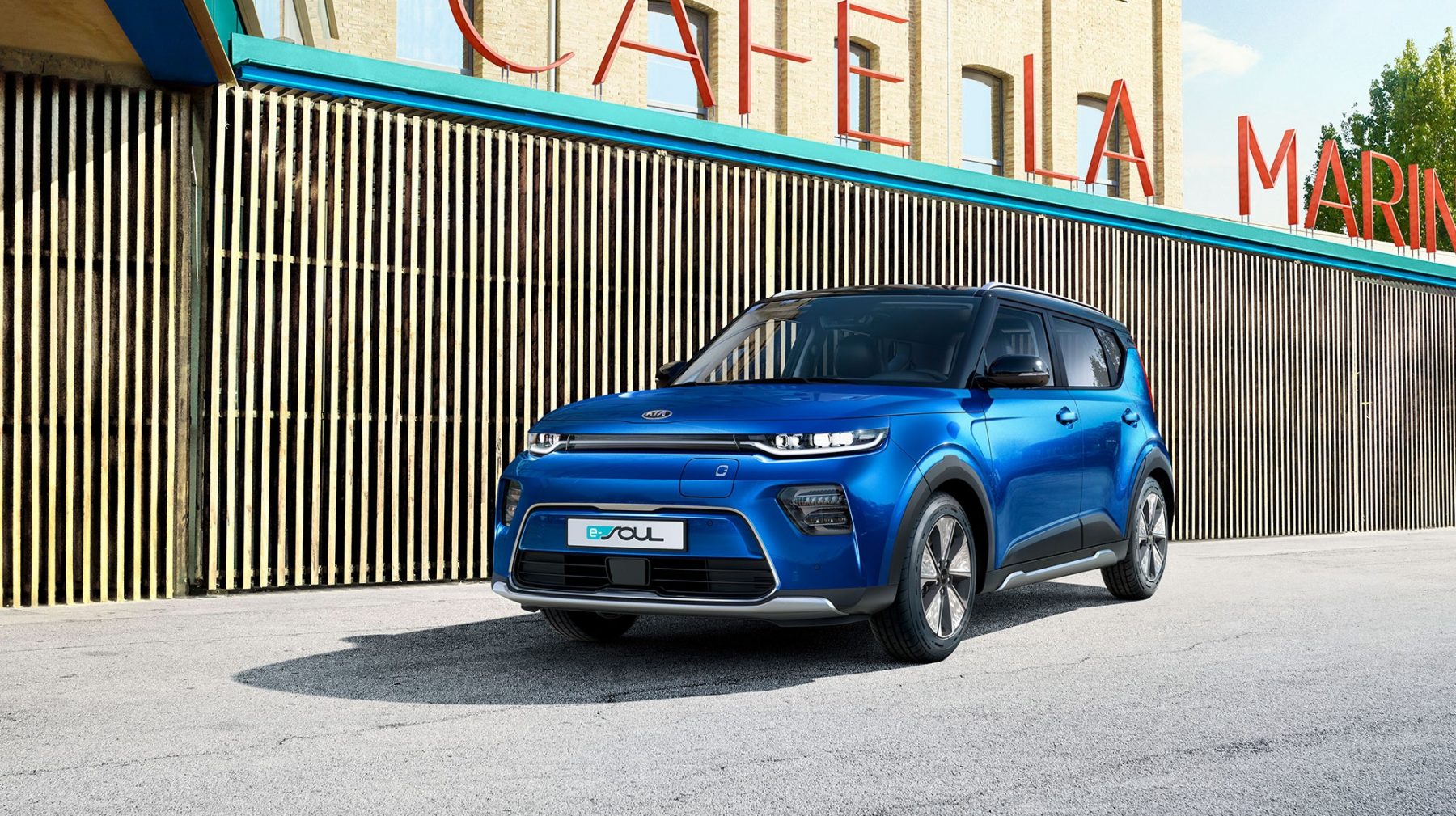
Kia is on a bit of a roll when it comes to electric cars – its e-Niro has been consistently in demand, and you’ll still do well to get one within a year of ordering it. With that in mind, the upcoming Soul EV is likely to be a hit too.
With a range just shy of 300 miles it’s got a usable amount of charge between trips to the plug and a surprisingly spacious interior, the Soul EV could be the ideal electric car for all occasions.
Lotus Evija – 2020
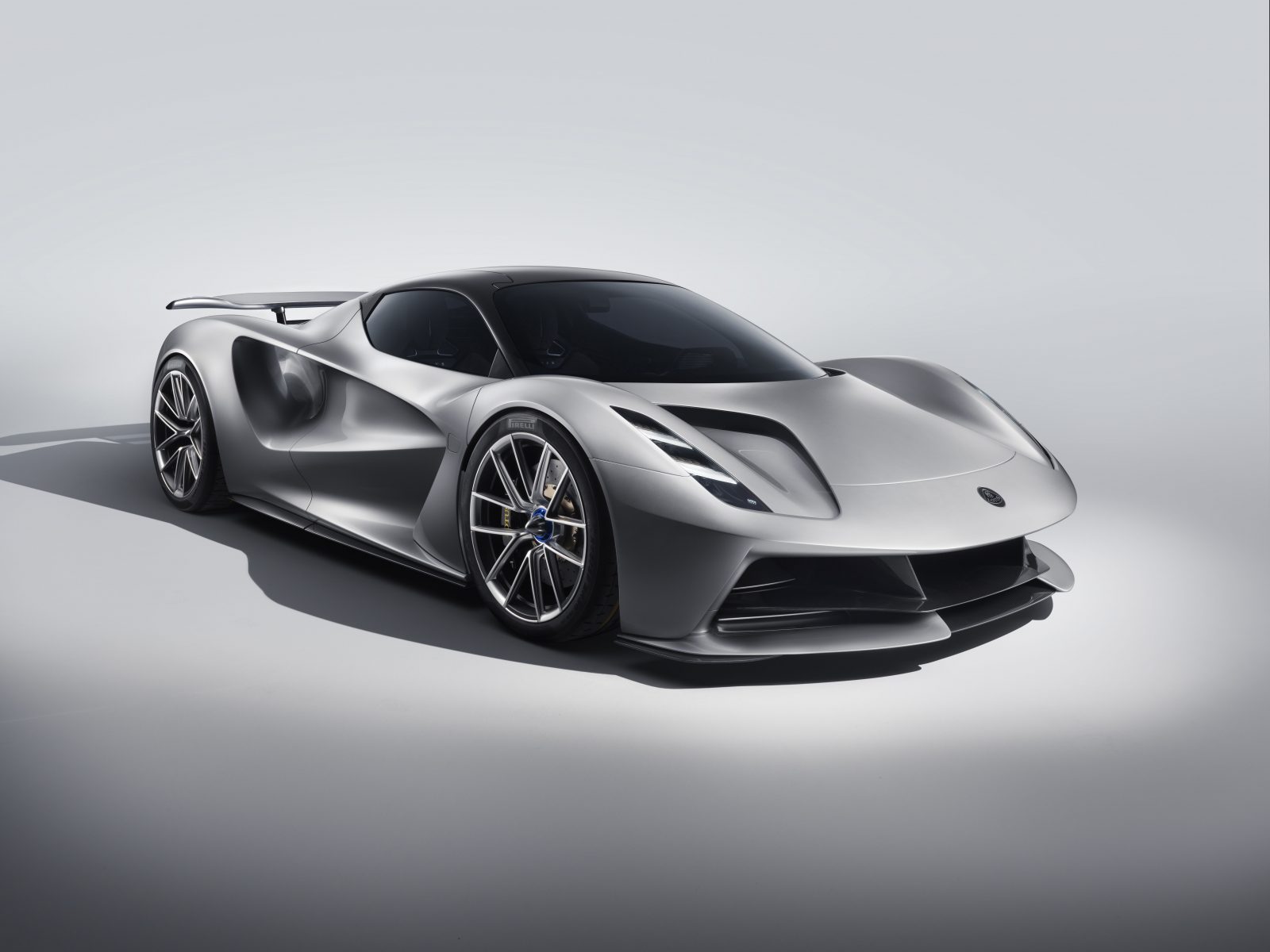
Lotus knows a thing or two about making small, lightweight sports cars which are great both on track and on the road — so why would it give EVs a crack? Well, in typical Lotus fashion, it hasn’t used electric vehicle technology for efficiency, instead opting for out-and-out battery-powered lunacy.
The new Evija is set to produce 1,978bhp and cost around £2m – so it’s hardly your run-of-the-mill plug-in. It’s set to be one of the most exciting electric cars of the coming years, though.
Mini Electric – 2020
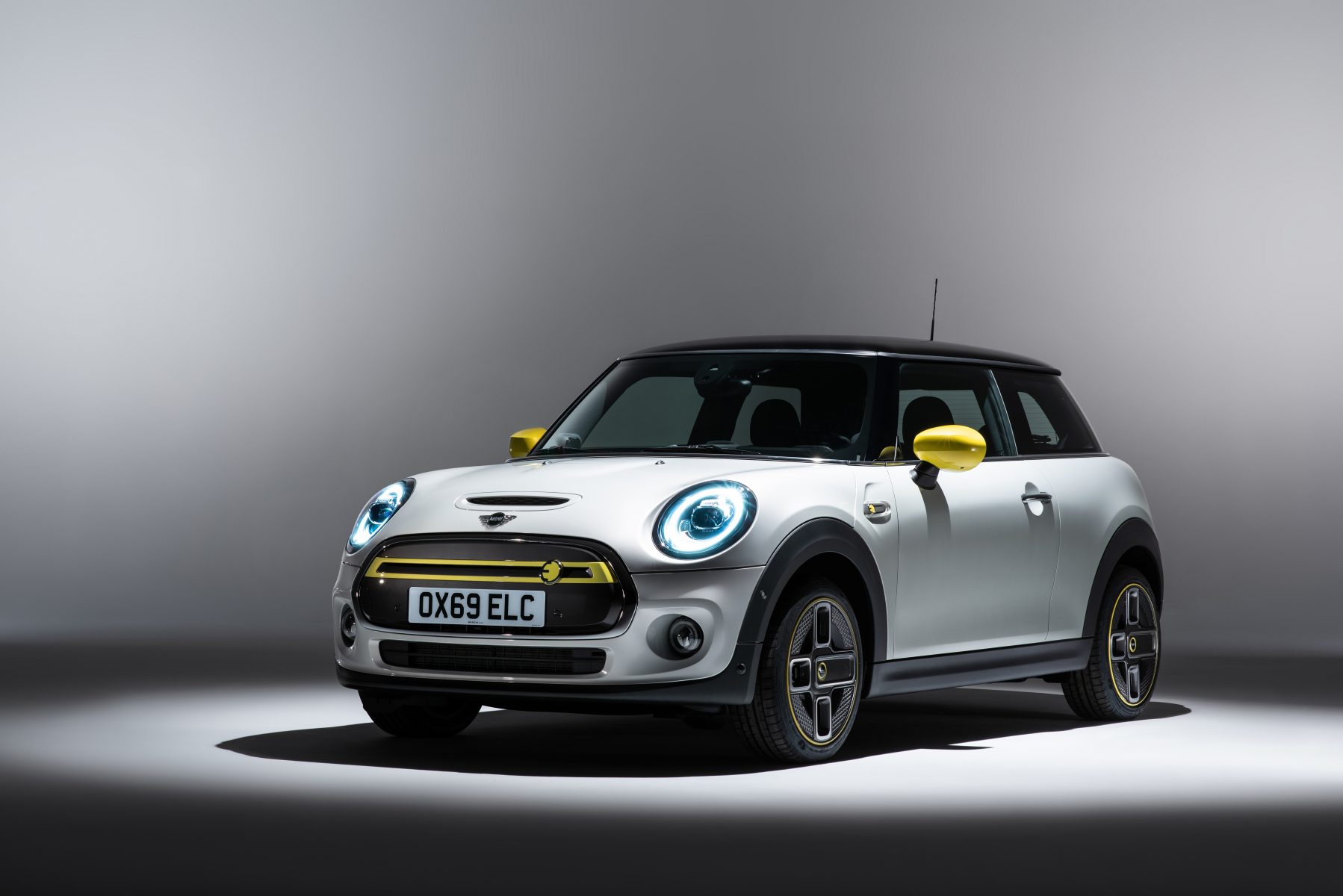
Bringing things back down to earth a touch, we come to the new Mini Electric. Off the bat it looks, well, like any other Mini — save for the bright yellow accents and smoothed-out grille, that is. All-electric range is around 122 miles, and prices start from £24,300 when the car goes on sale next year – though you can secure a build slot with a deposit now.
We hope that the Mini Electric handles just as well as its combustion-powered brethren. We’ll have to report back when it arrives in the UK.
Peugeot e-208 – 2020
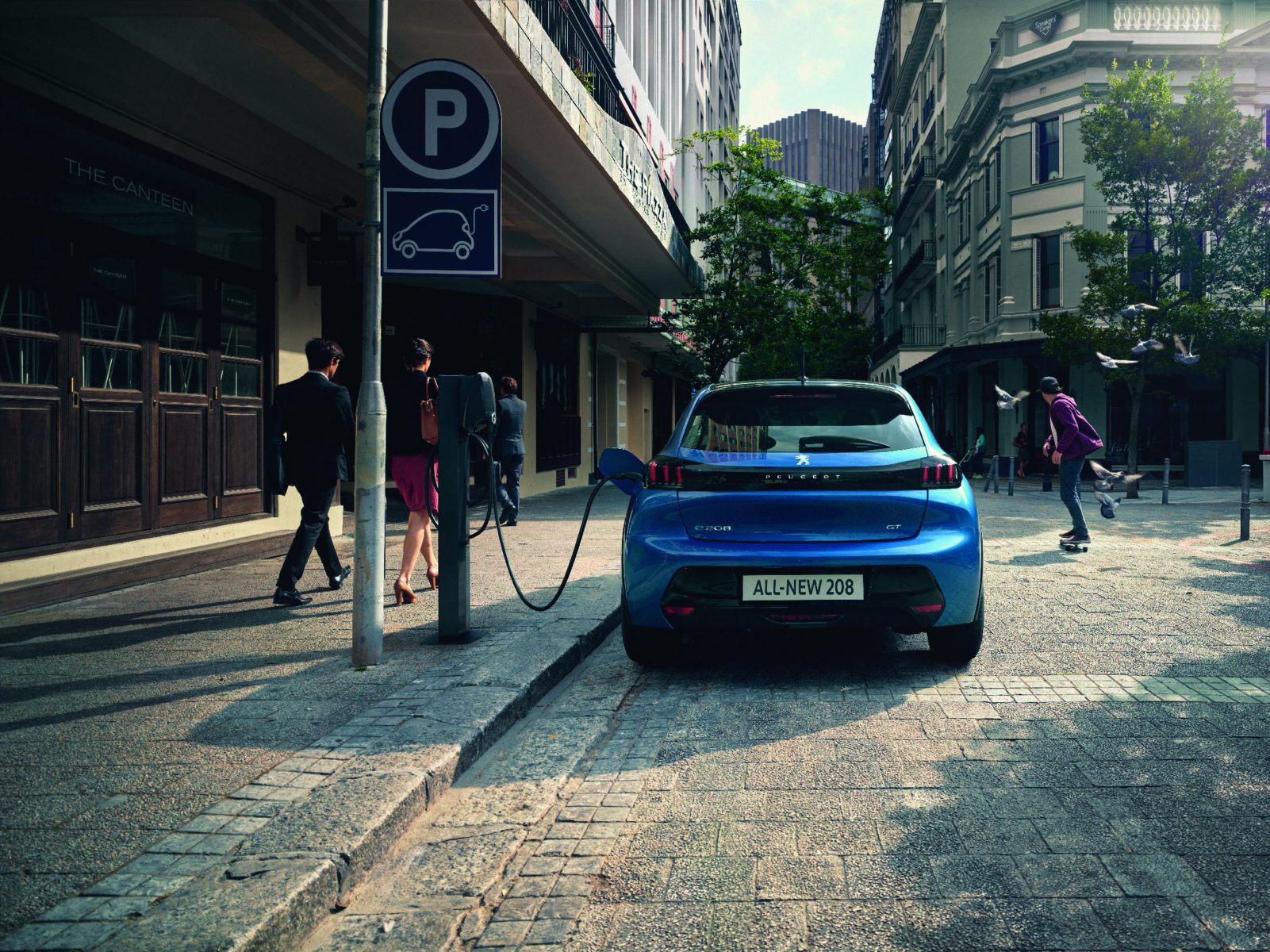
Among the wealth of supercars and high-end saloons at the Geneva Motor Show this year, the humble e-208 drew one of the biggest crowds. It’s little wonder why; in terms of attainable electric cars it’s right up there thanks to its looks — which give it an appearance of a regular Peugeot – as well as its £24,500 starting price.
Capable of 211 miles on a single charge it eclipses the Mini when it comes to distance between plug-ins, as well as many of its rivals —making it set to be one of the key electric cars to arrive next year.
Polestar 2 – 2020
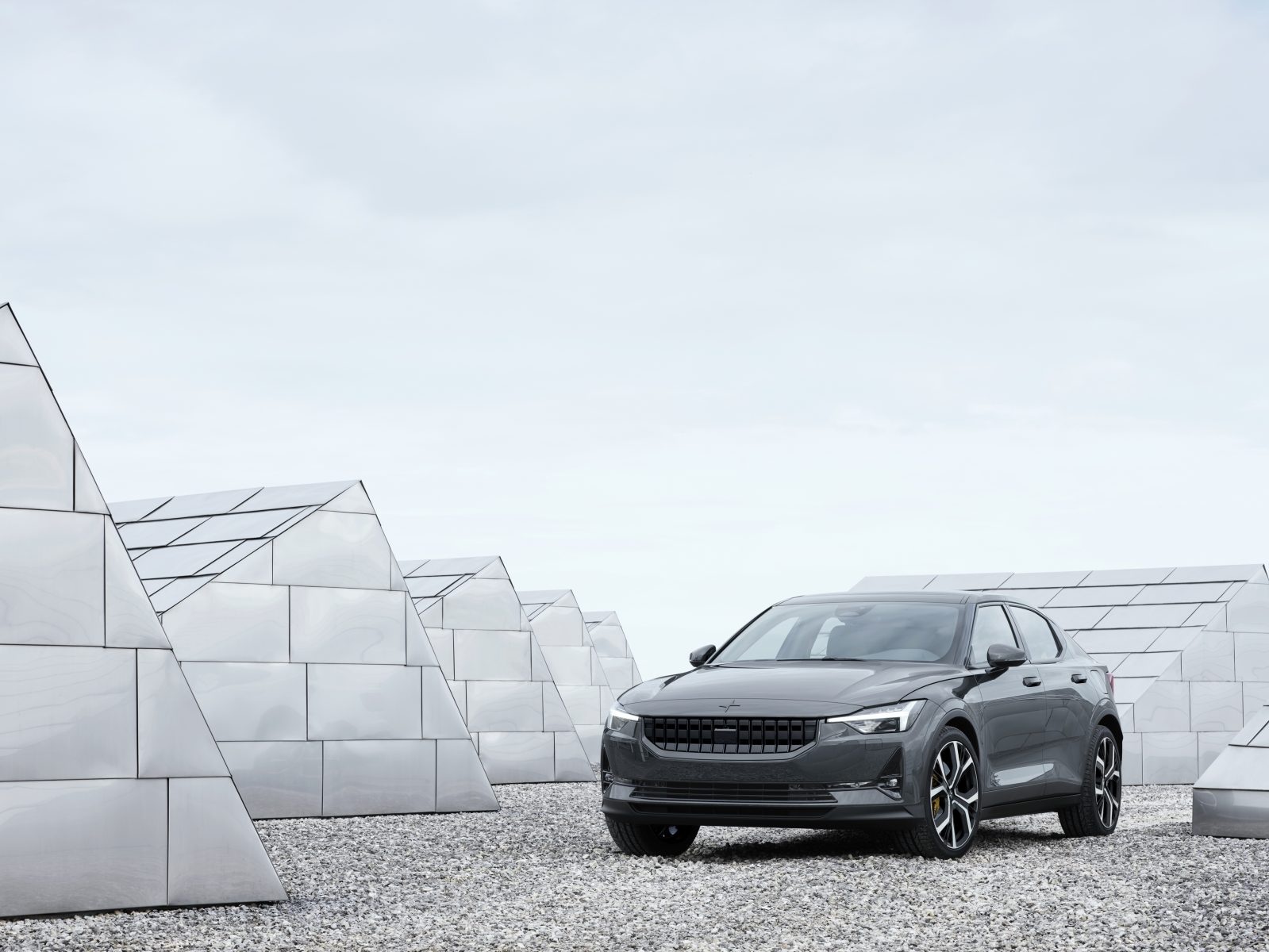
The Polestar 1 has already shown what the Swedish performance brand can do when it comes to the electric cars, and the upcoming 2 is set to progress that further. And whereas the 1 was all about out-and-out punch, the 2 is a slightly less hard-edged affair — though it’ll still crack 0-60mph in under five seconds, according to Polestar.
As a four-door ‘fastback’, it’s been designed with a little more practicality in mind, too, while a 311-mile range should help subdue too much range anxiety.
Porsche Macan – 2022
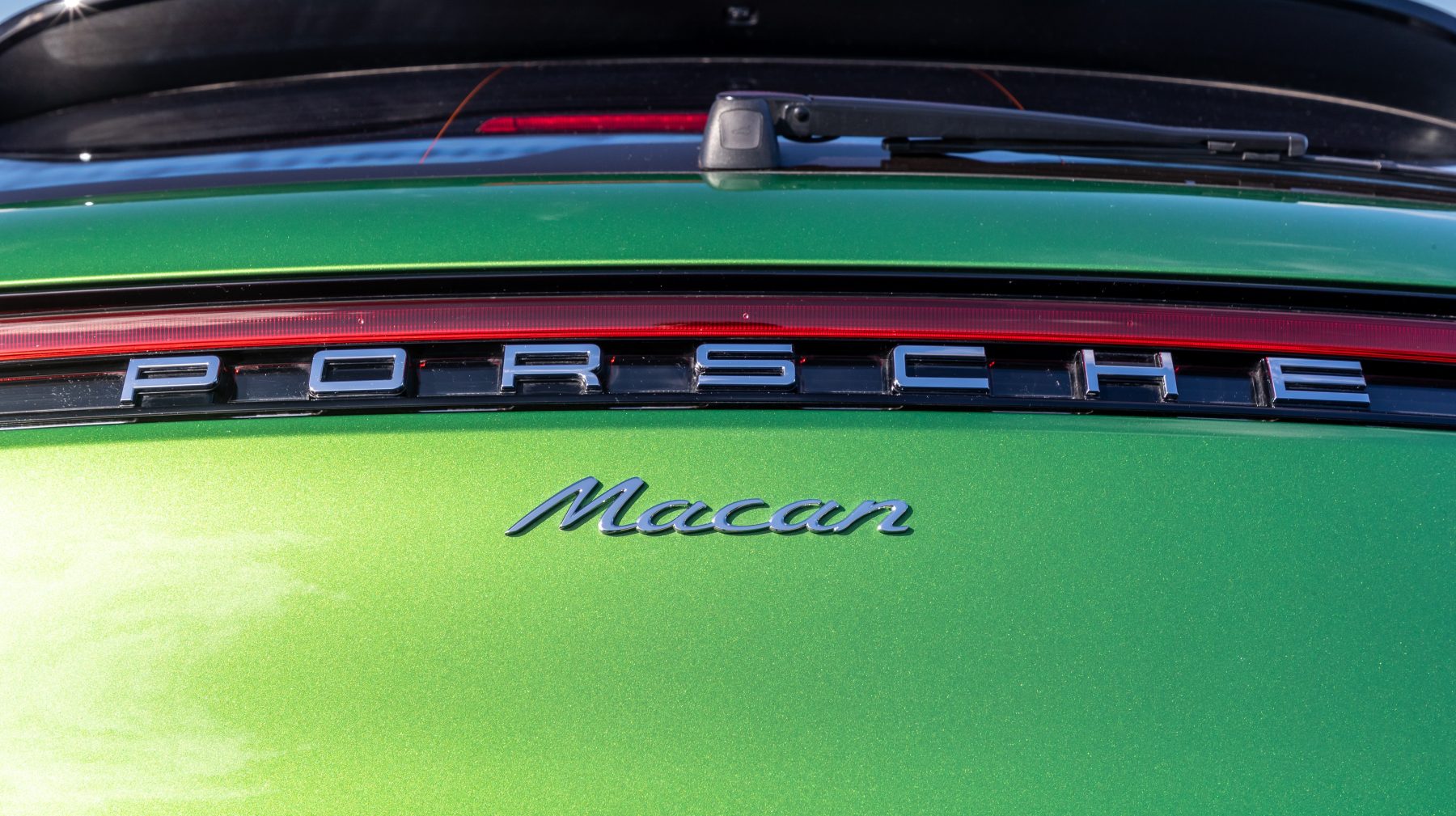
Kicking off Porsche’s electric EV offensive will be a battery-powered variant of its Macan SUV — set to arrive early in the next decade.
Rather than making the existing vehicle electric, Porsche is instead opting to design the next generation of the car capable of plug-in power from the get-go. This opens the possibility of hybrids, too.
Porsche Taycan – 2020
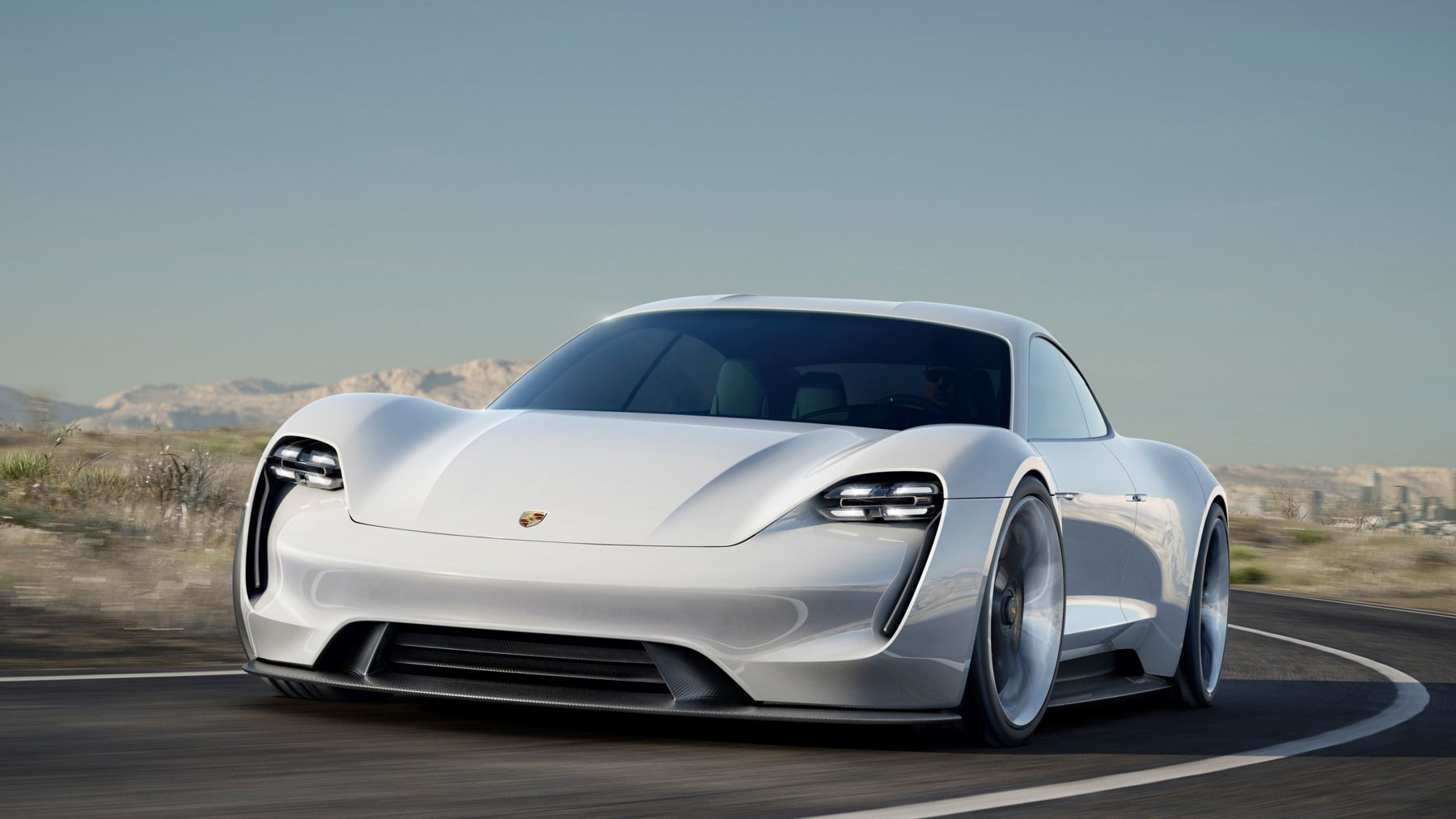
Porsche’s Taycan has been anticipated for a while, but next year will, at last, see its arrival. Known for years as the Mission E, the firm’s first production EV is said to bring the handling and performance the Stuttgart’s best sports cars are known for to an eco-friendly package.
Little else is known about the car for now, but expect this to fly off the forecourts when it comes to market.
Renault Zoe – 2019
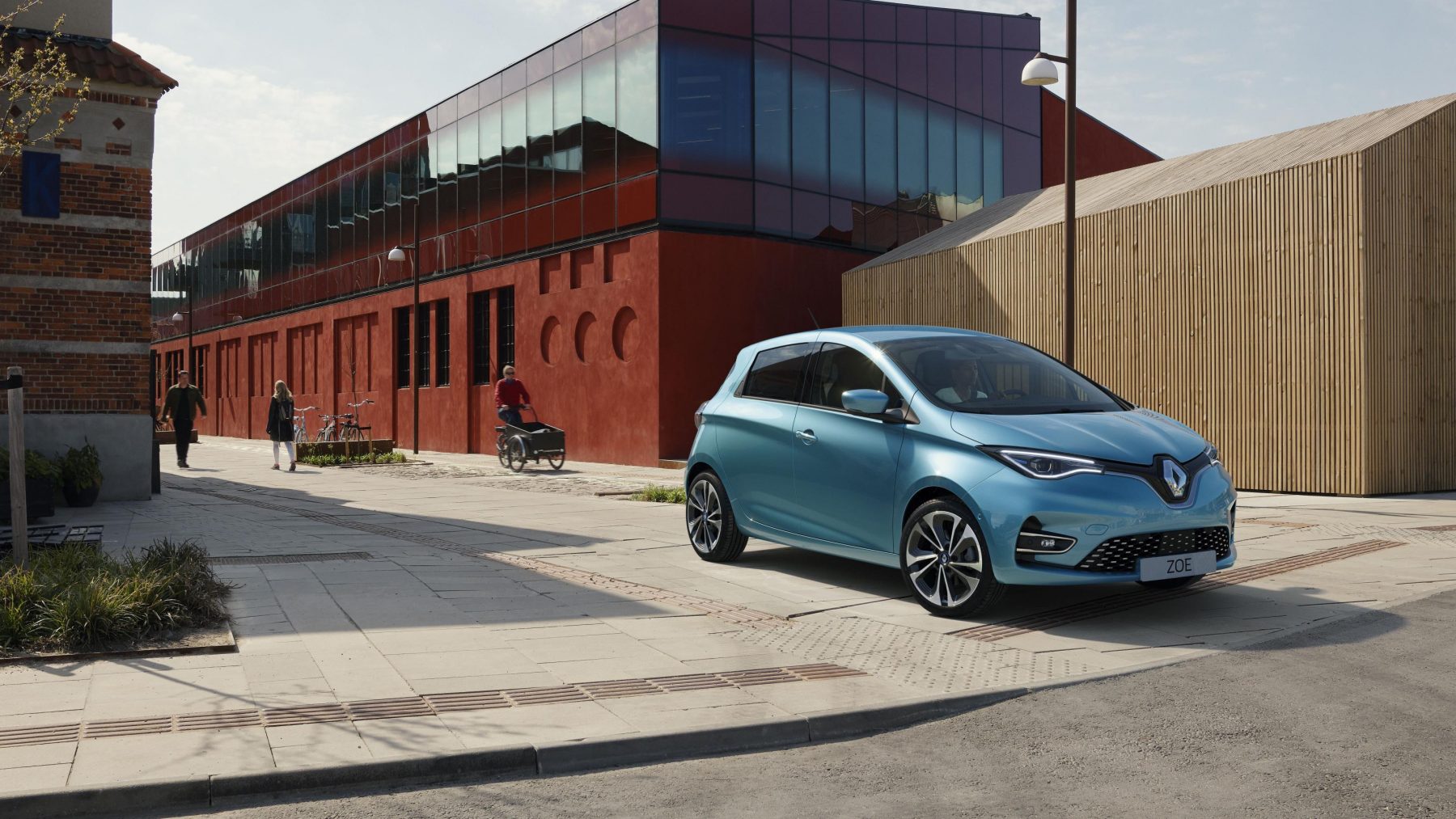
Introduced in 2012, the Renault Zoe has gone on to become one of the mainstays in the booming EV segment — and now its returning for a second generation.
Though it looks very similar to the outgoing car, it’s undergone a refresh deep under the skin. A new 52kWh battery is said to allow for 242 miles of driving between charges, while a 100kWh motor will improve performance over its predecessor.
Seat Mii Electric – 2019
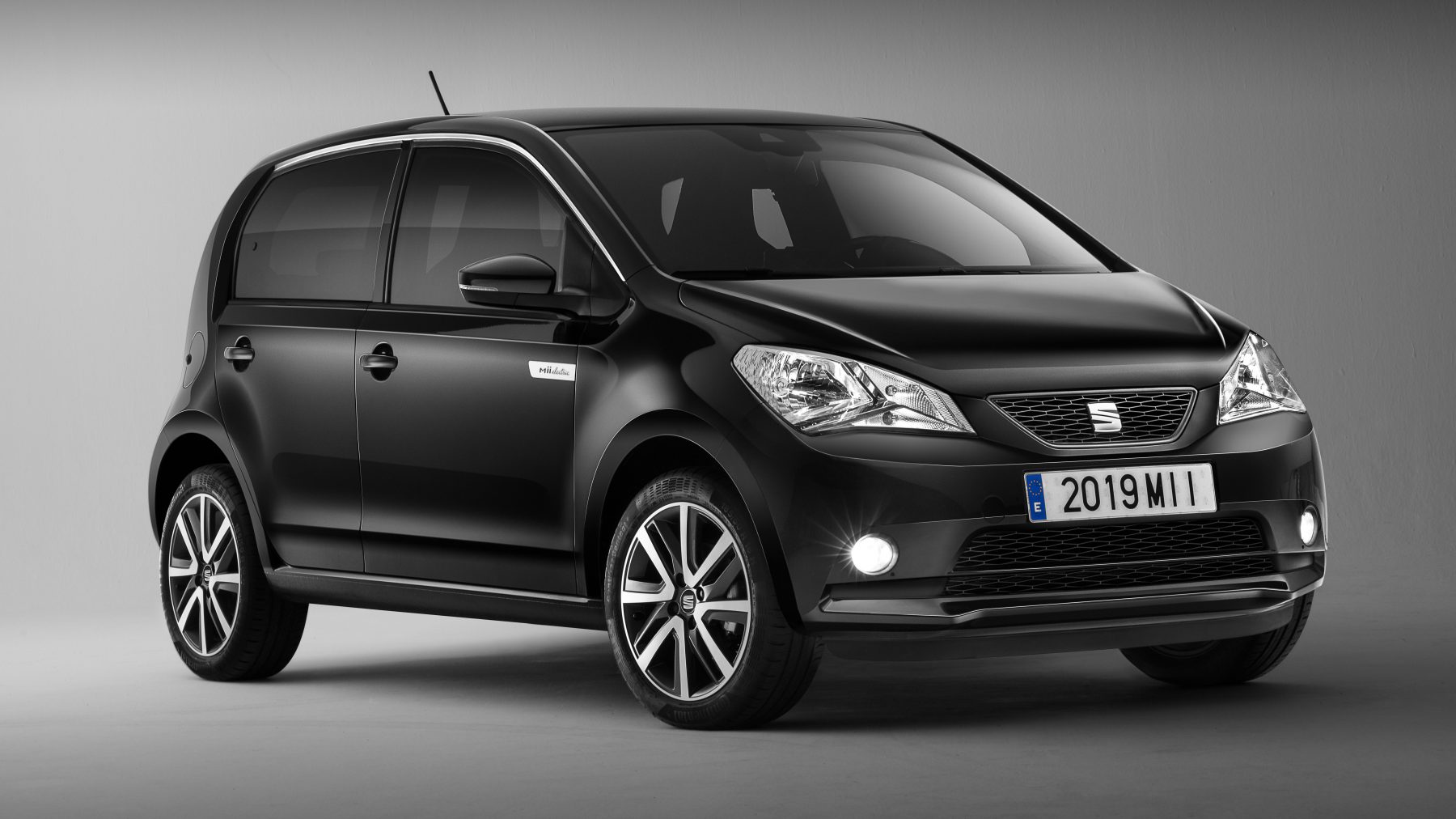
Seat recently revealed an electric and refreshed version of its Mii city car — which is set to replace the hatch’s internal combustion offerings.
The Spanish city car uses a 36.8kWh battery and 61kW electric motor to deliver a claimed 161 mile range. Expect Madrid to be flooded with these things about five minutes after it launches.
Skoda Citigo e-iV – 2019
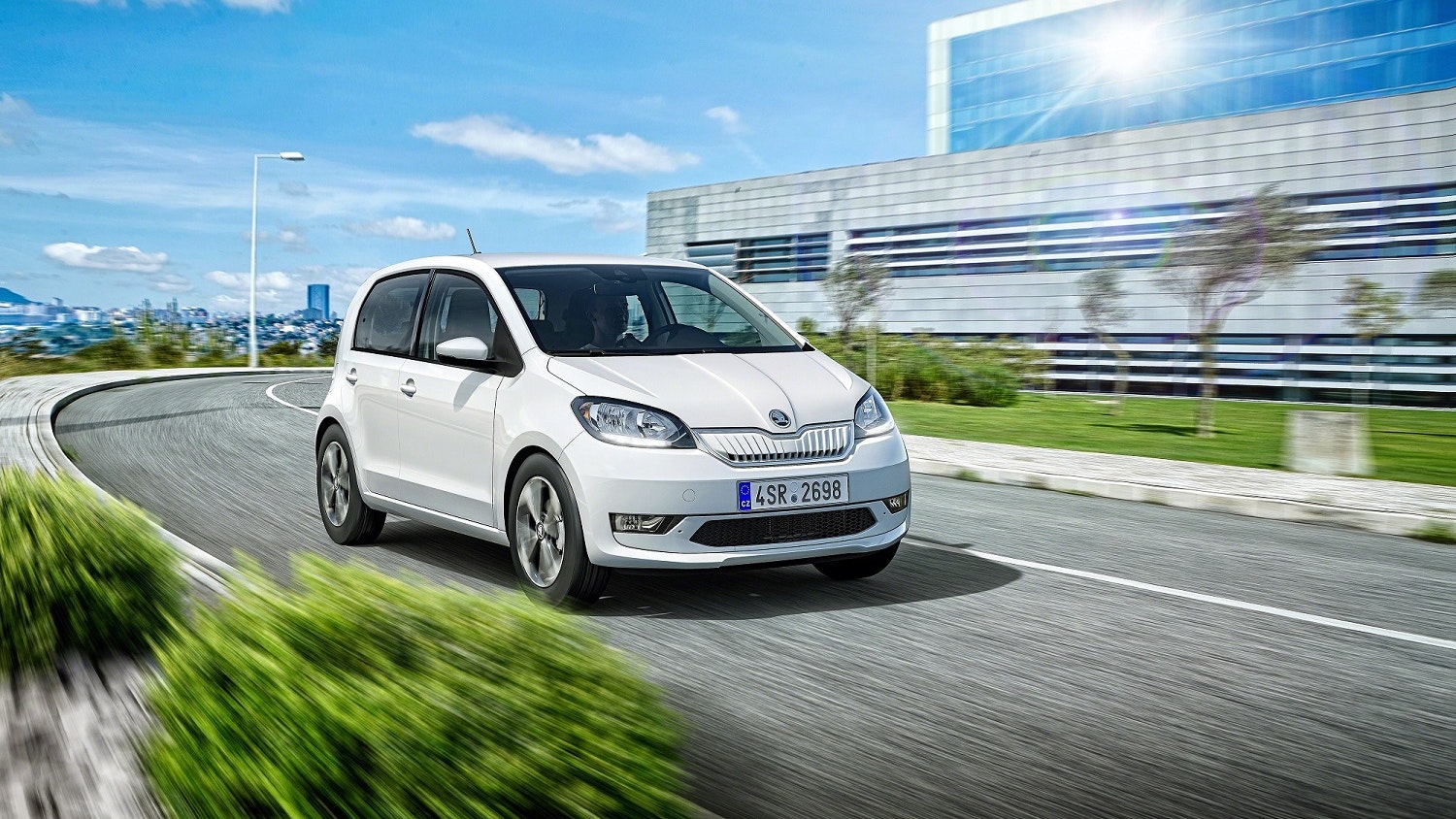
Mechanically identical to the Seat Mii, the Citigo will also be going electric as the VW Group looks to refresh the trio — including the recently-updated Volkswagen e-Up.
Powered by the same 61kW electric motor found in the Mii and also linked to a 36.8kWh battery, the city car is said to be capable of up to 165 miles on a single charge making it perhaps the ideal urban runabout.
Tesla Model Y – 2020
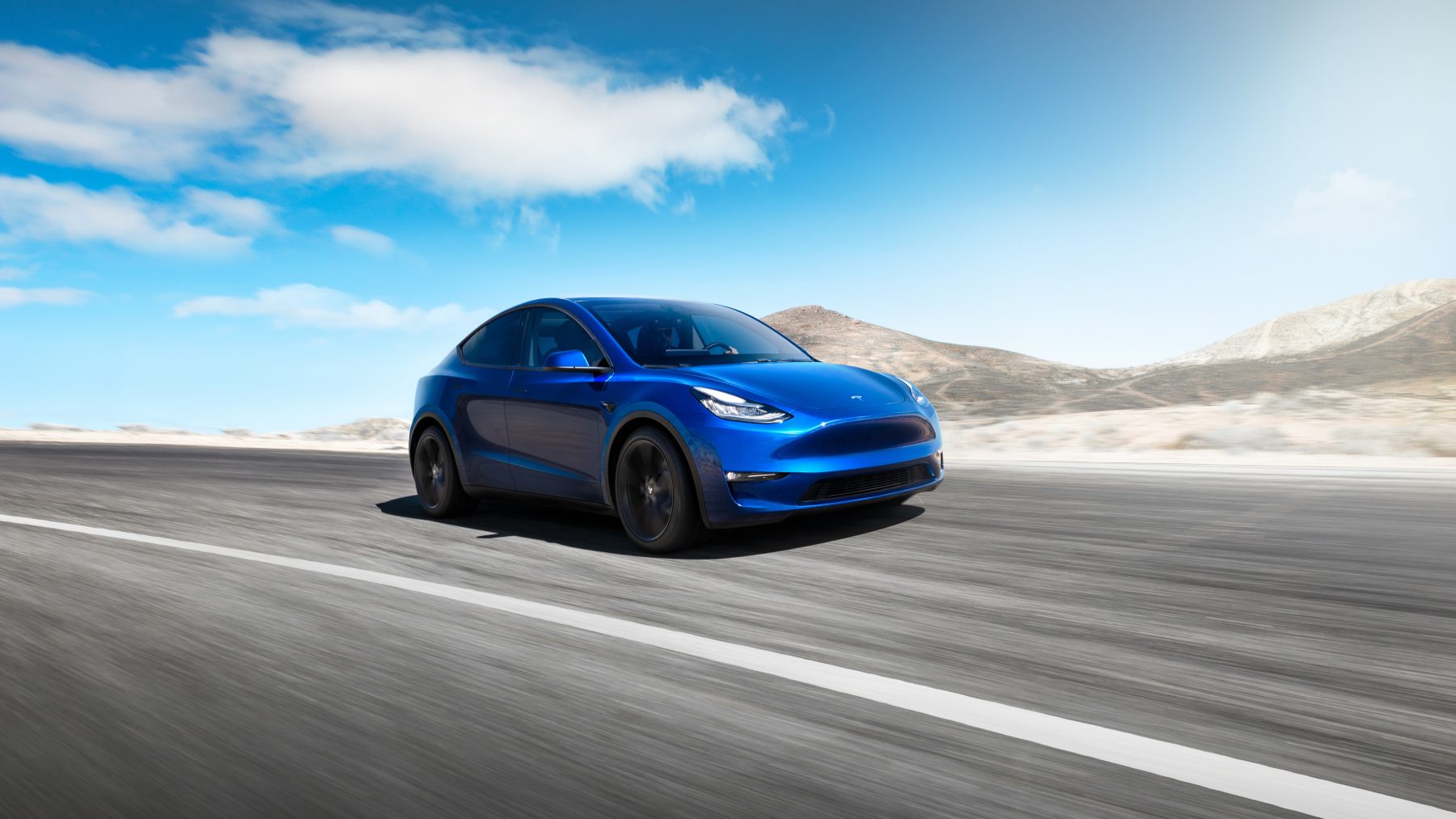
Tesla has long been the leader in the electric car game, so it’s no surprise the American firm is looking to get in on the ever-growing crossover market.
The Model Y, set to arrive late next year, will take the underpinnings of the popular Model 3 and place them into a more practical package. Seven can be seated in the car, which is said to be capable of 336 miles between charges.
Tesla Roadster – 2020
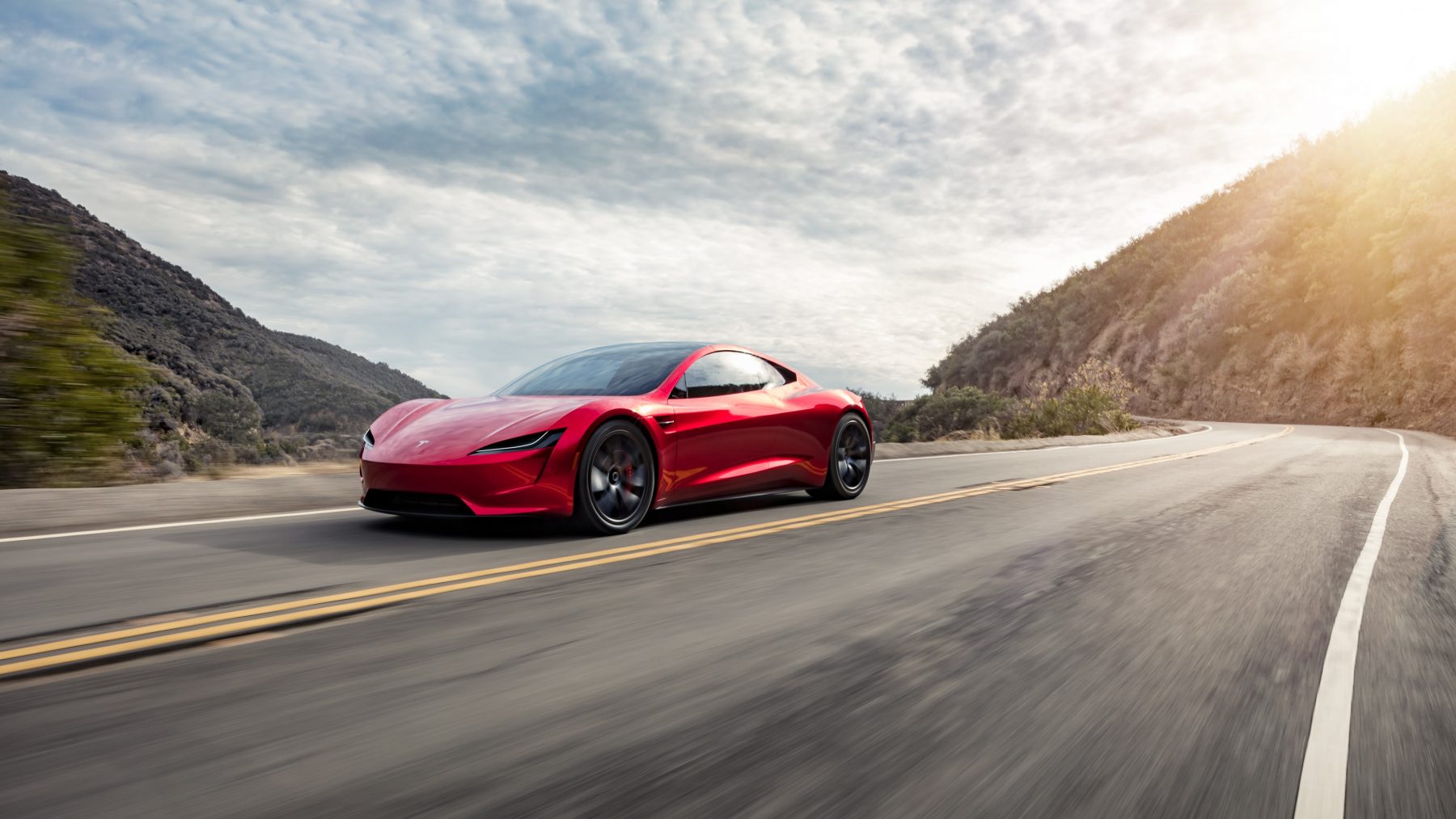
So Elon Musk makes some bold claims, but many of them do turn out true — eventually. Initially planned for 2020 (though expect that to be delayed), the Tesla Roadster could be the car to end all Top Trumps competitions.
It’s said to be capable of 0-60mph in 1.9 seconds, boasts a top speed of 250mph and even cover 620 miles between charges. Still not impressed? Technology from Musk’s SpaceX could even allow the car to fly. Though we’ll believe that when we see it…
VW ID.3 – 2020
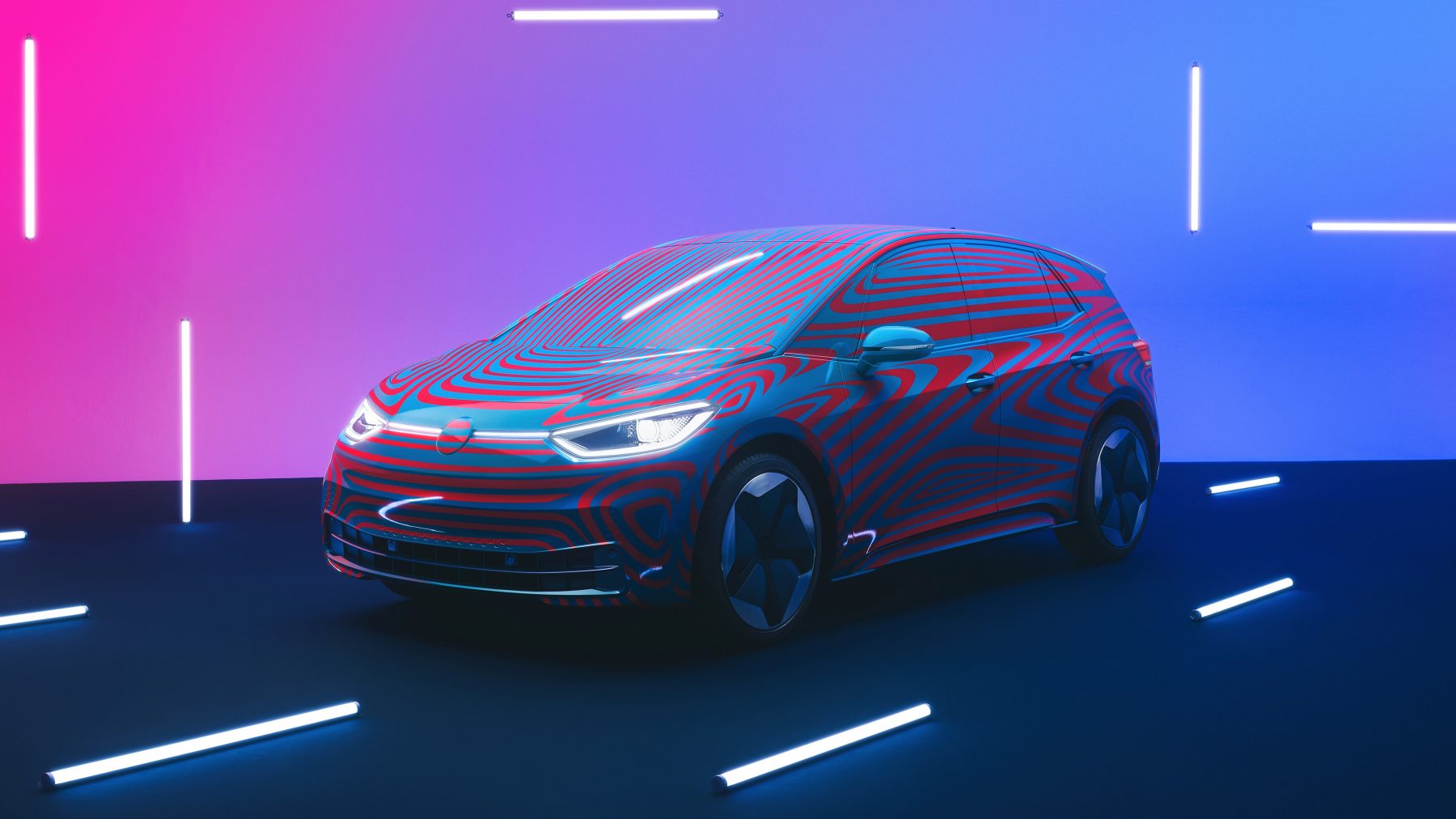
Are we about to see the arrival of a new car on the scale of the Golf or Beetle? Volkswagen thinks so. The ID.3 will be its first car built from the ground up to be all-electric, and will kick-off a vast range of battery-powered ID products to follow in the future.
Three battery sizes will be offered in the hatchback — offering ranges of around 205, 260 and 340 miles respectively — while the cell itself will be covered by an impressive eight-year warranty to alleviate long-term concerns.
Vauxhall Corsa-e – 2020
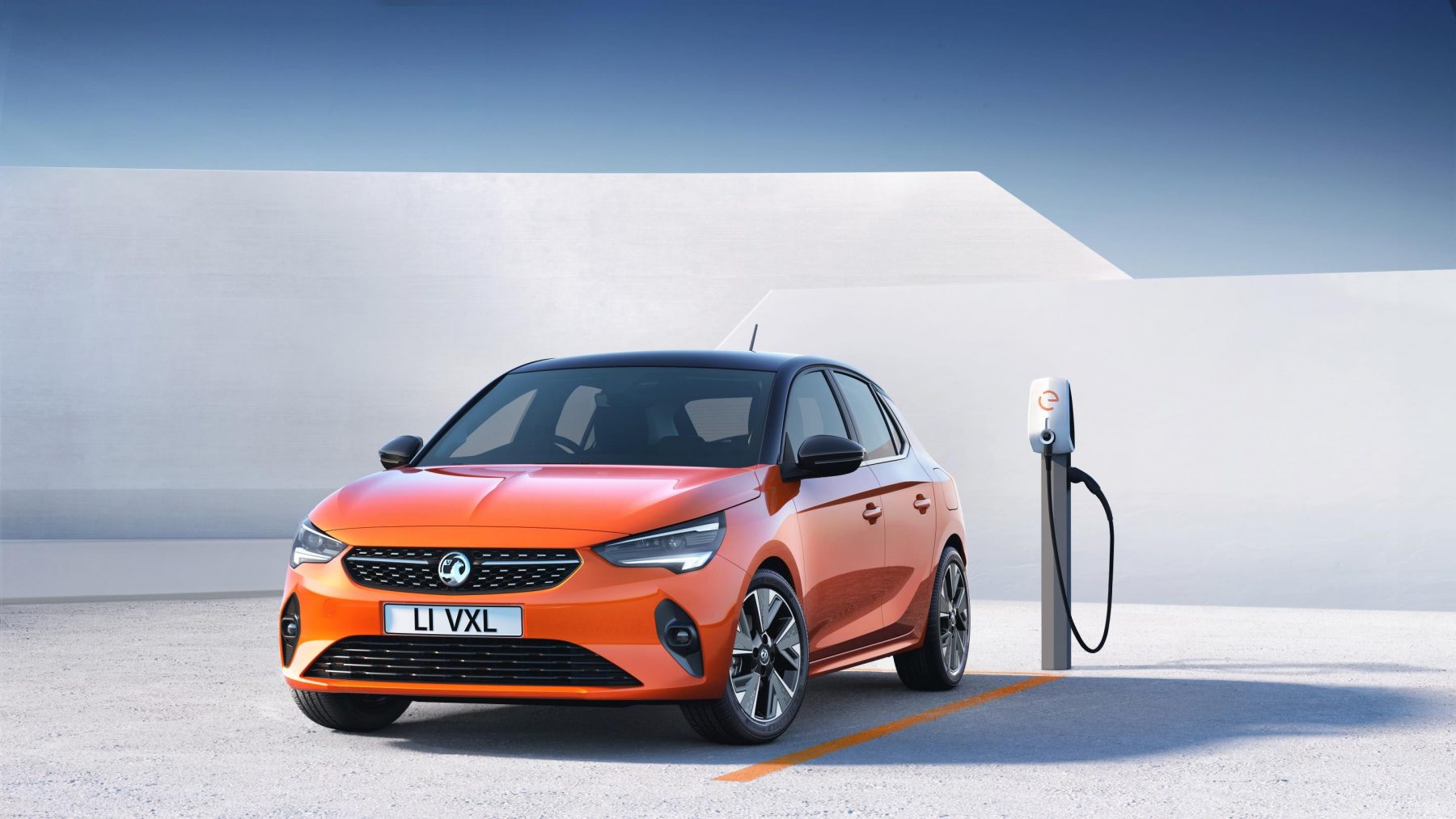
Long one of the UK’s favourite cars, the latest version of the Vauxhall Corsa is set to embrace the electric revolution. Due to arrive on the market early next year, it will deploy a 50kWh powertrain that develops 134bhp and 260Nm.
It’s said 211 miles on a single charge will be capable, with its charging point located where the fuel filler cap is traditionally placed — rather than relocating the access area like many EVs on the market currently.


